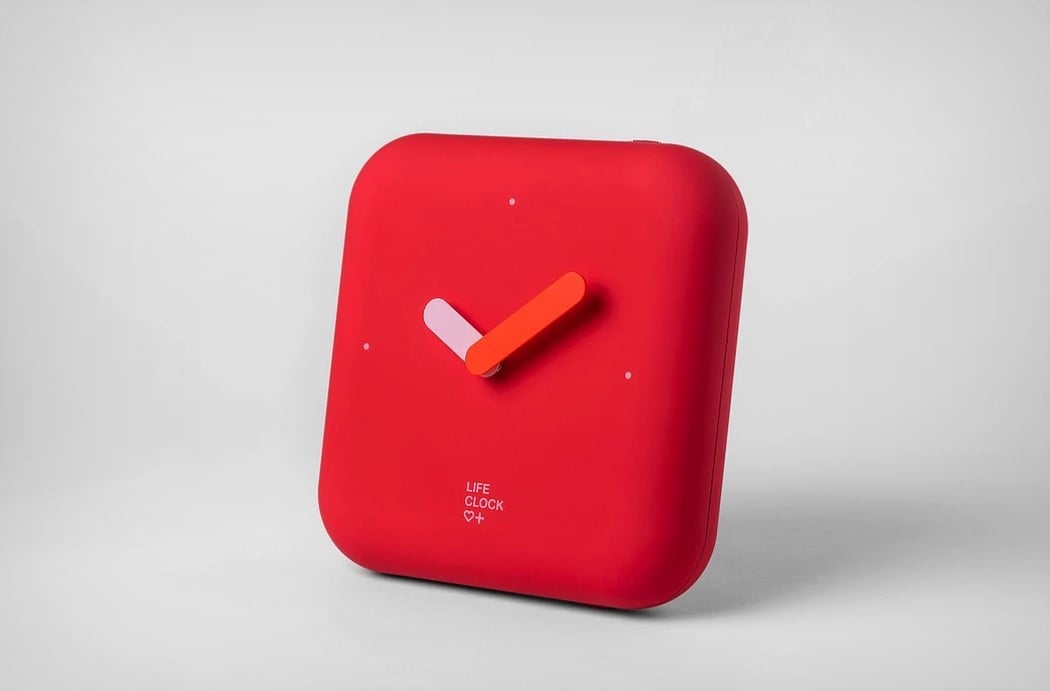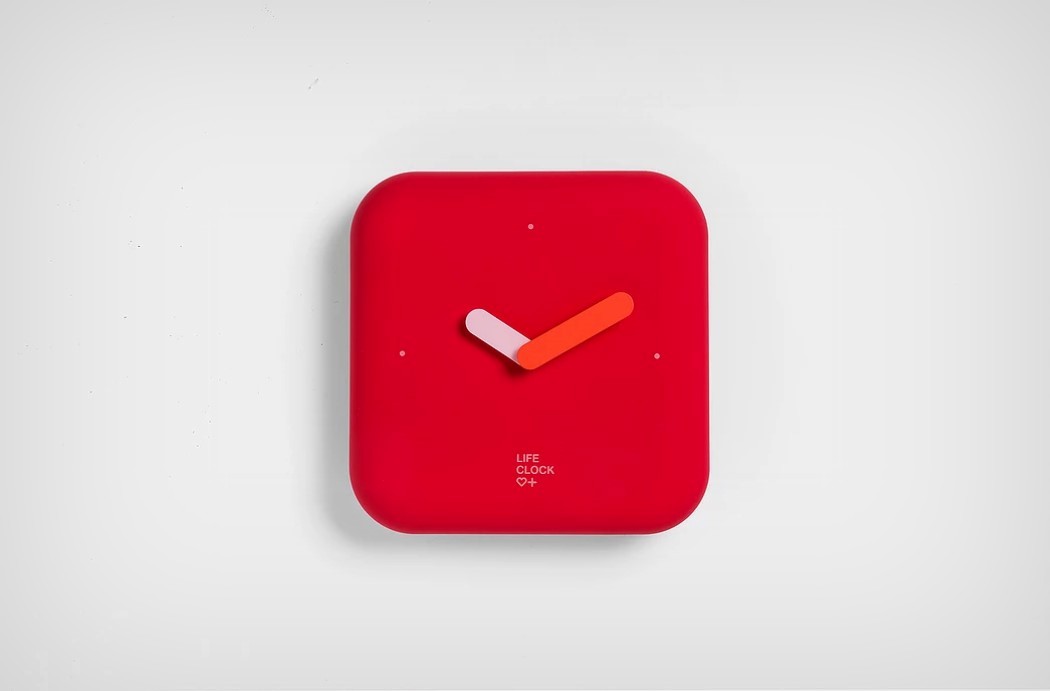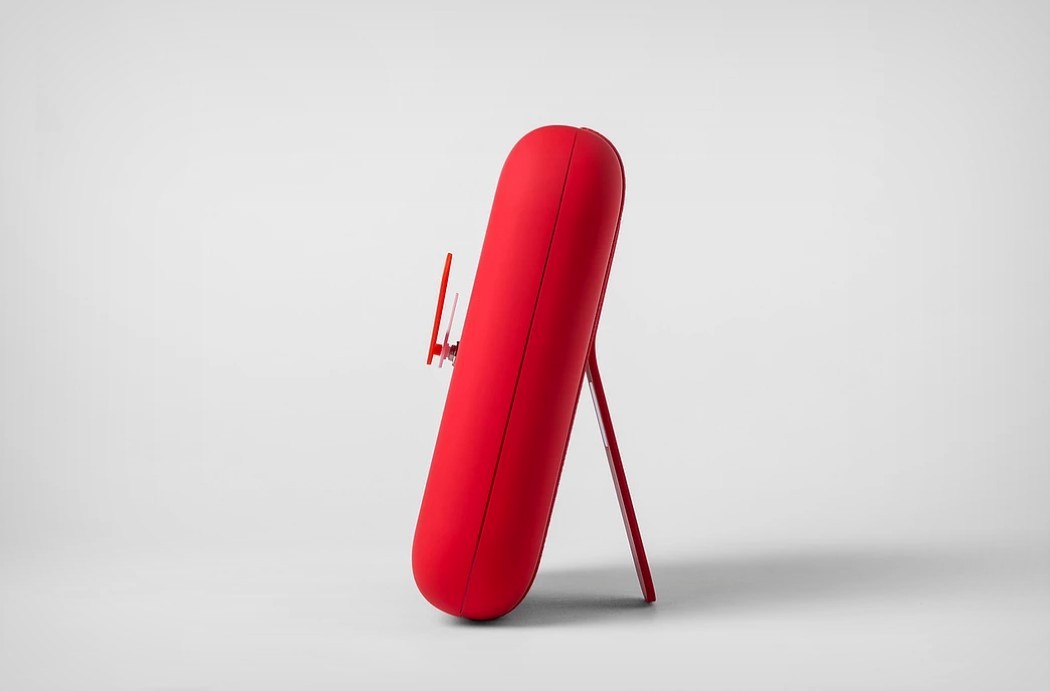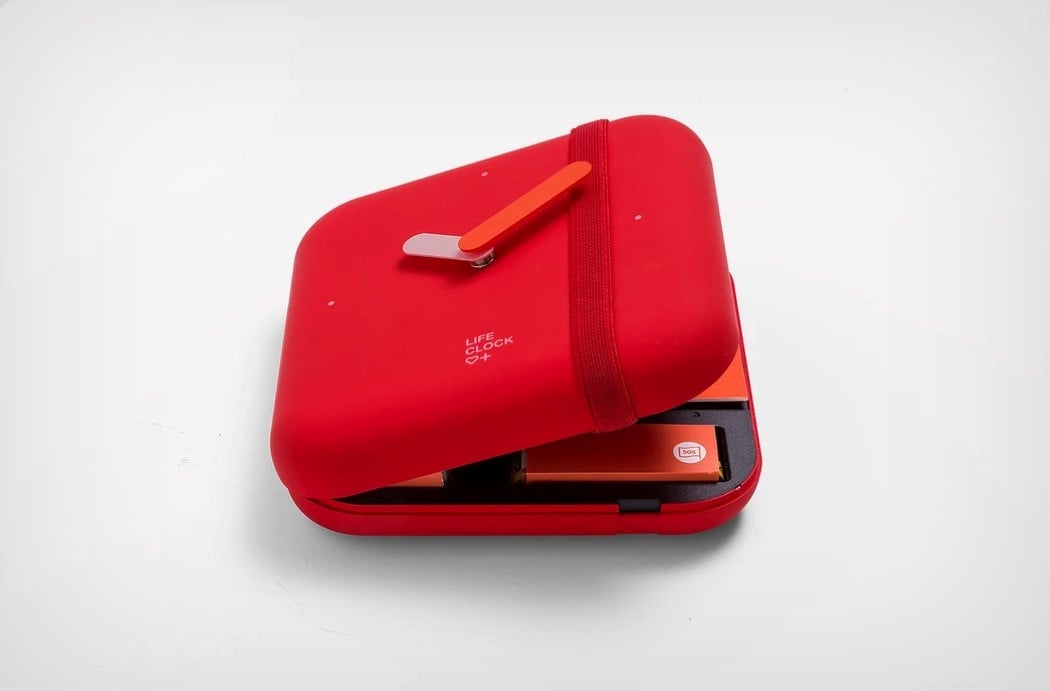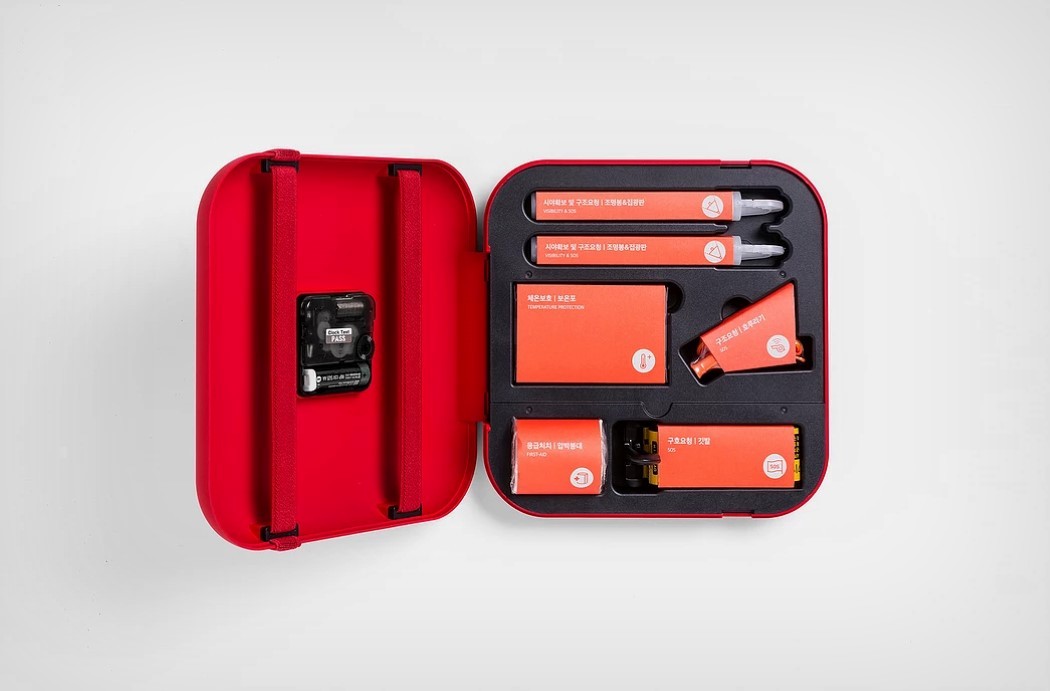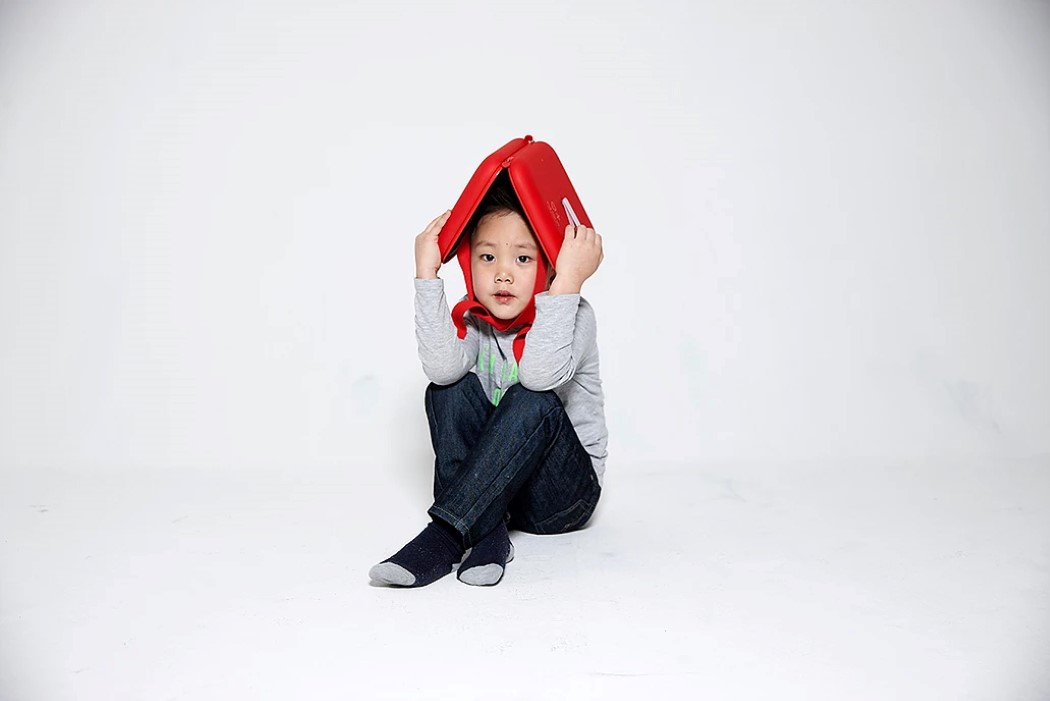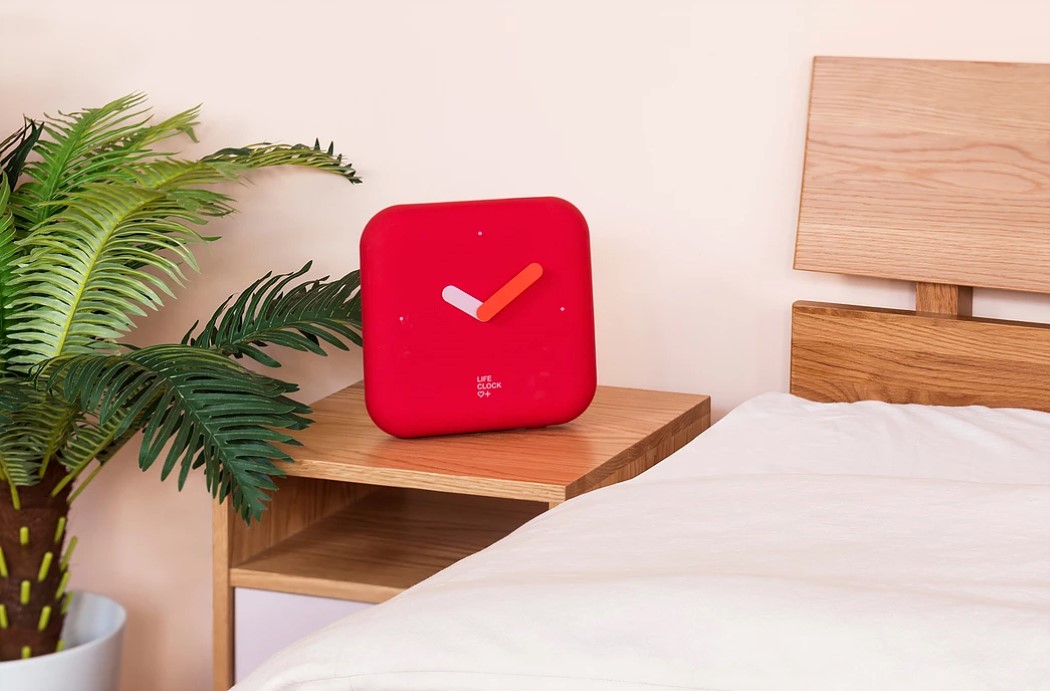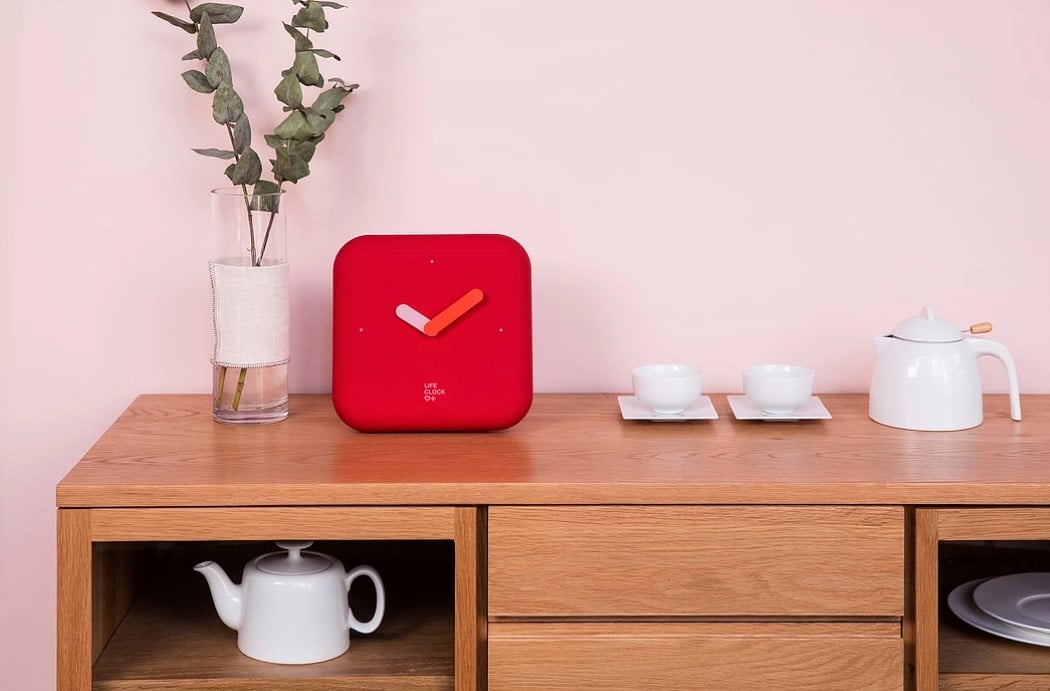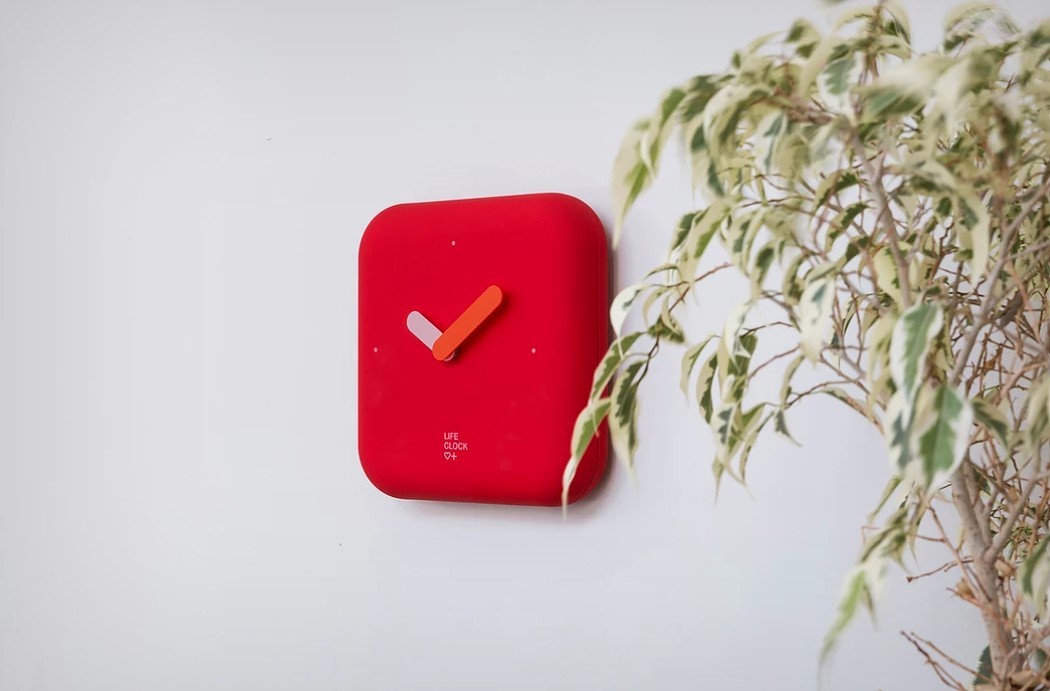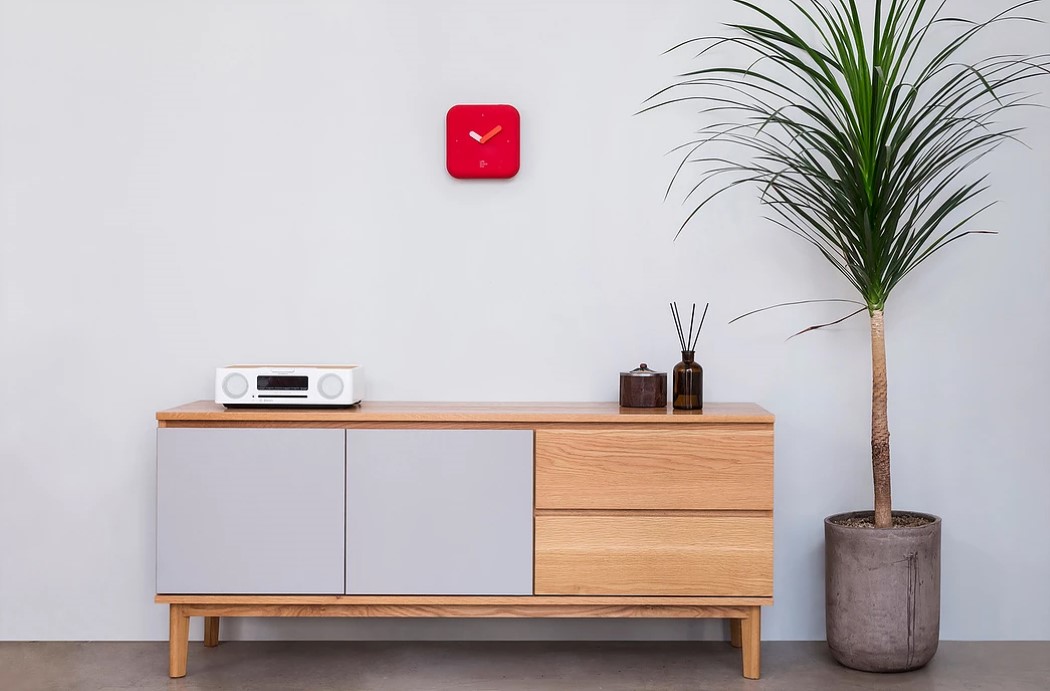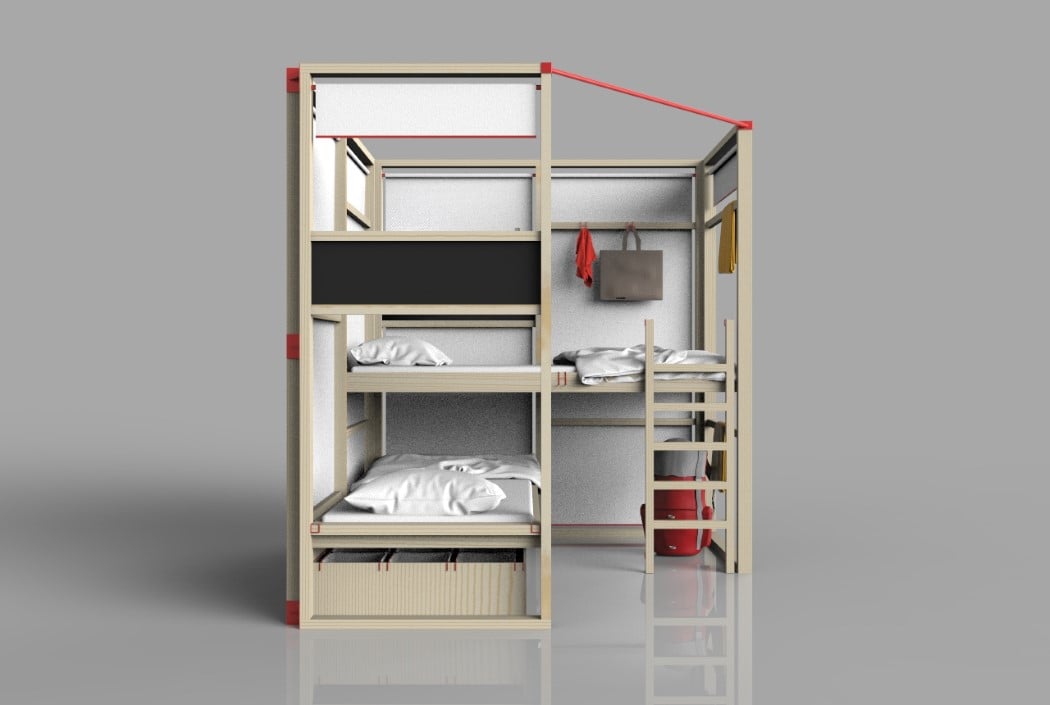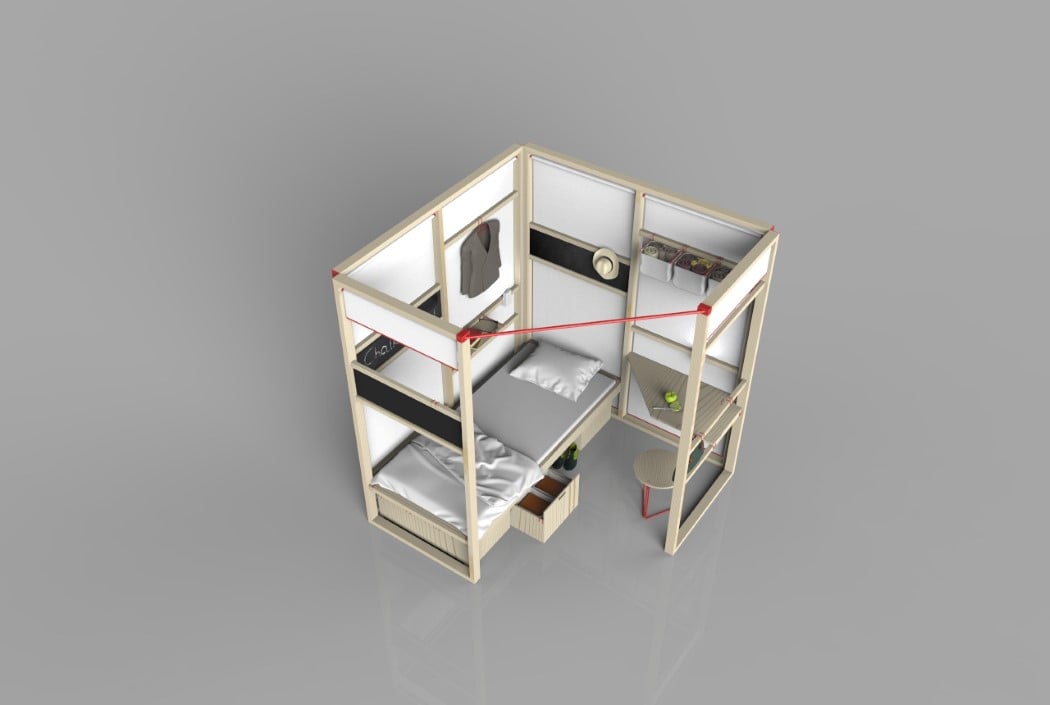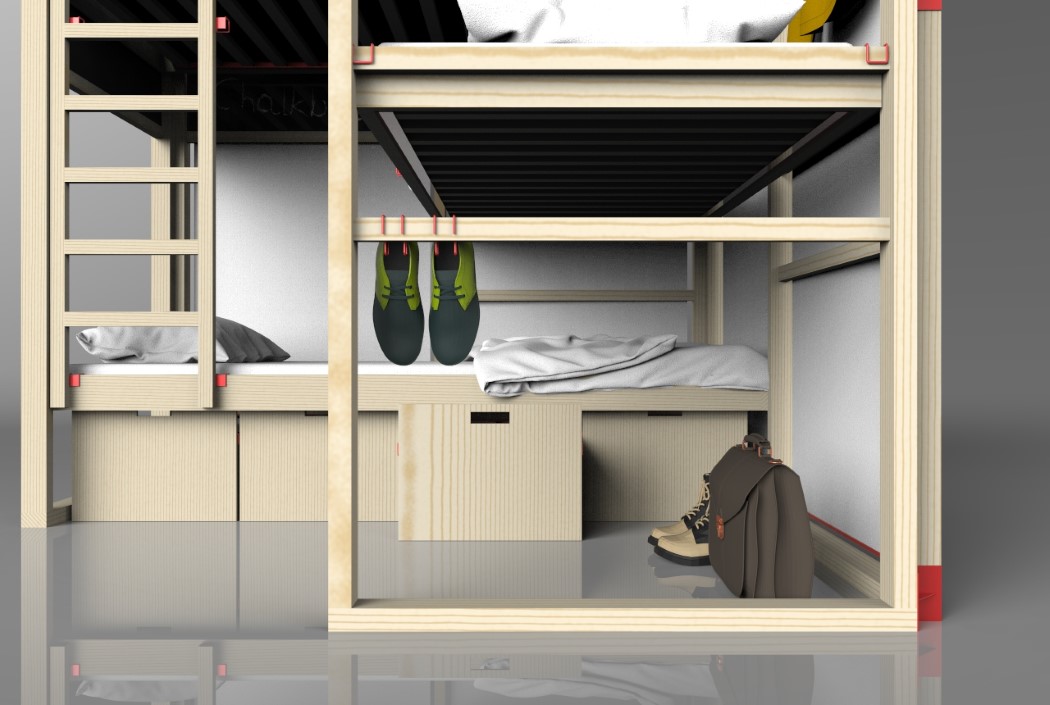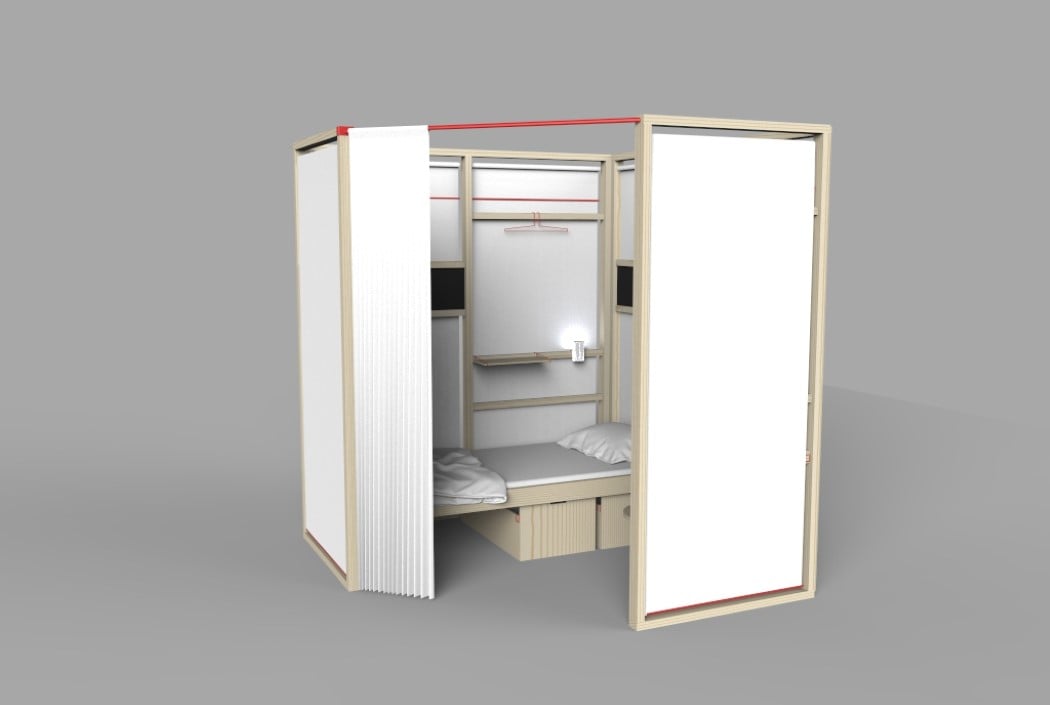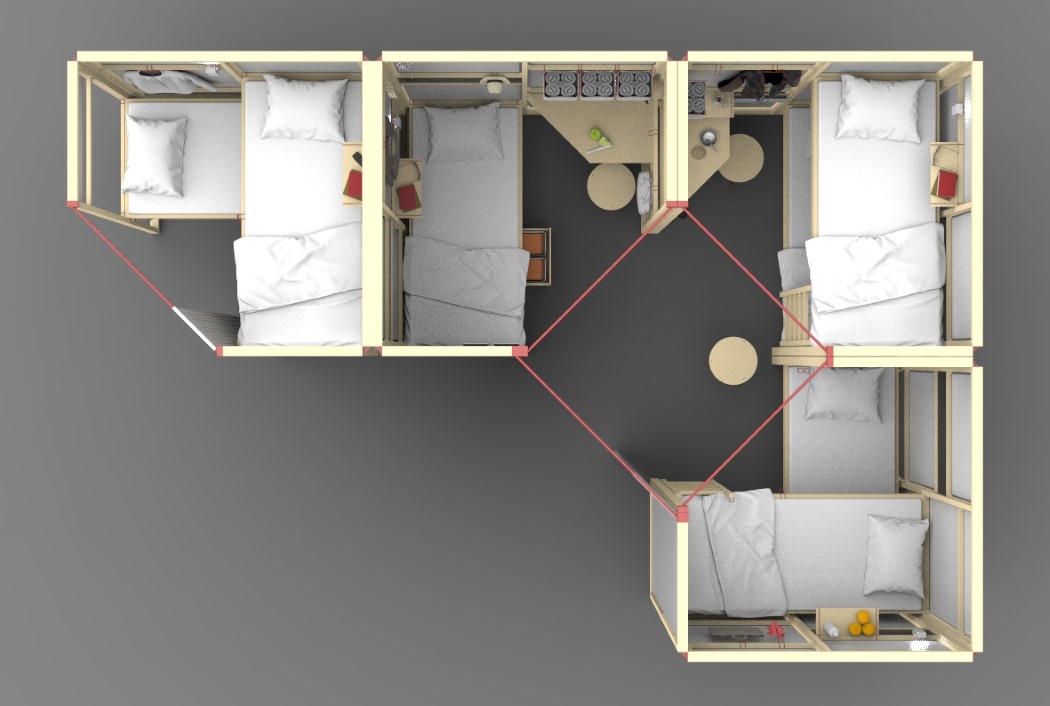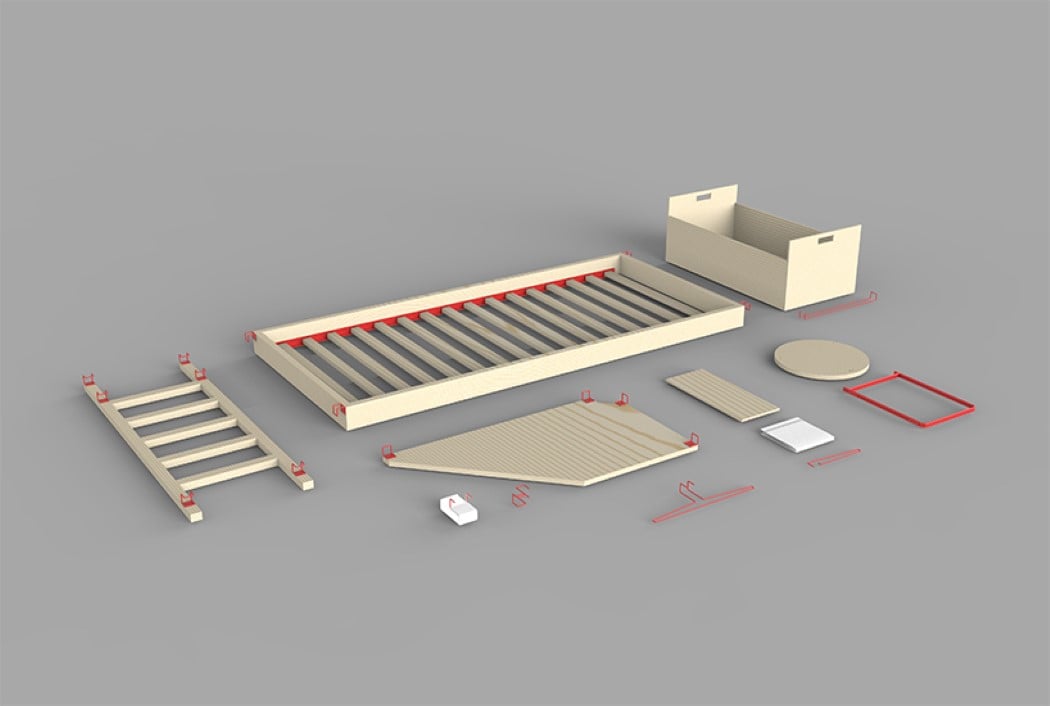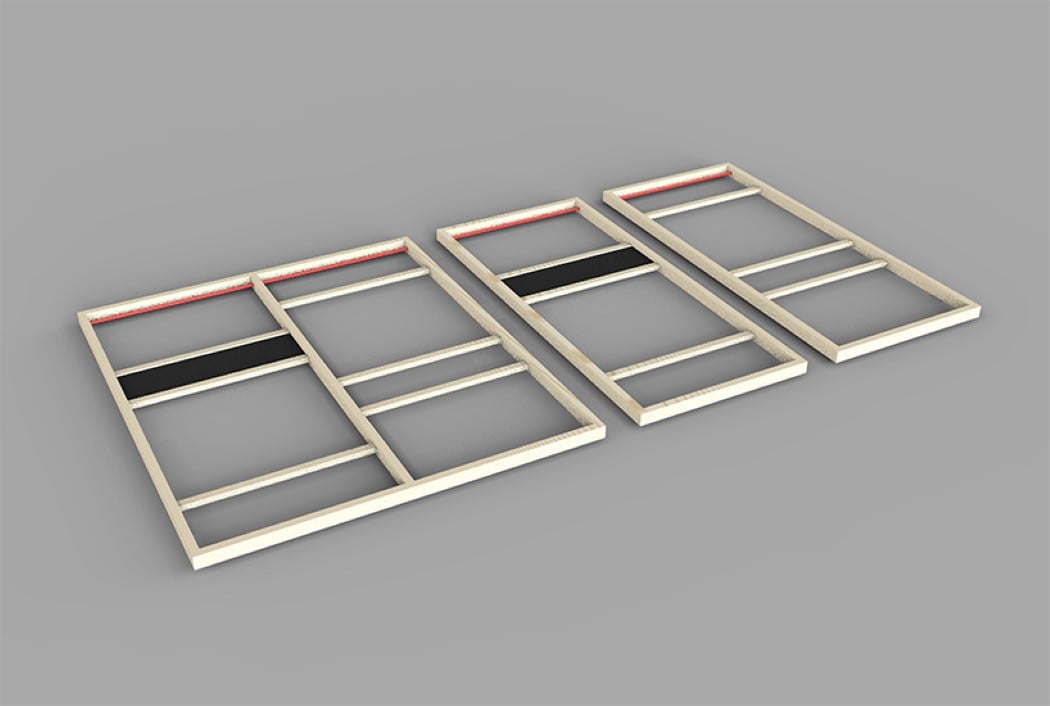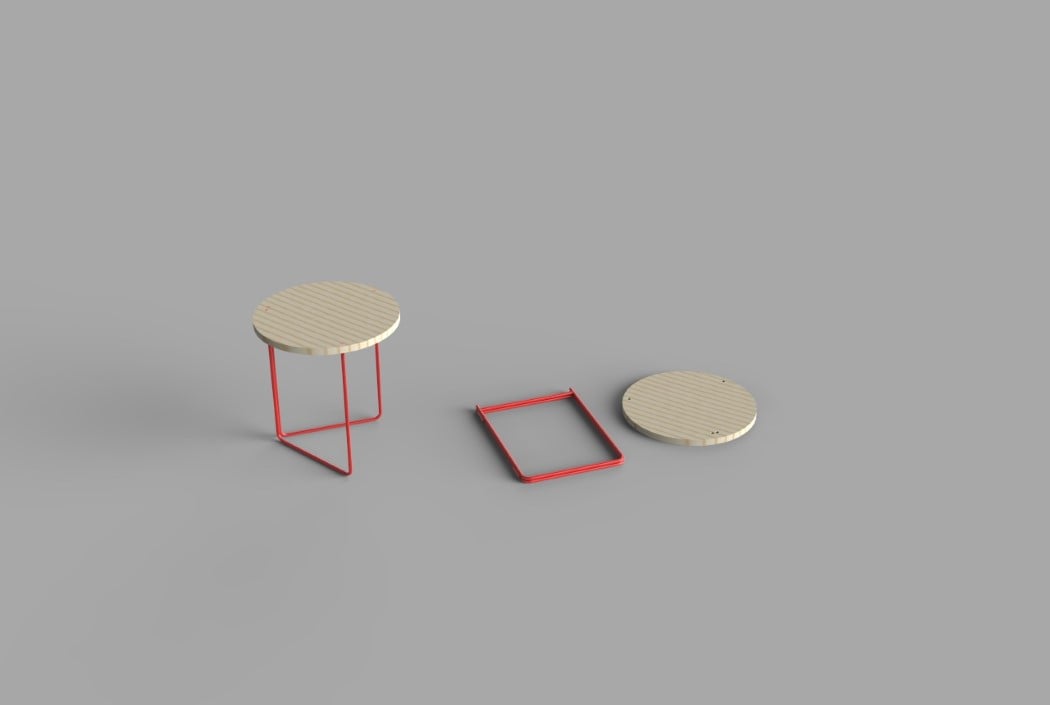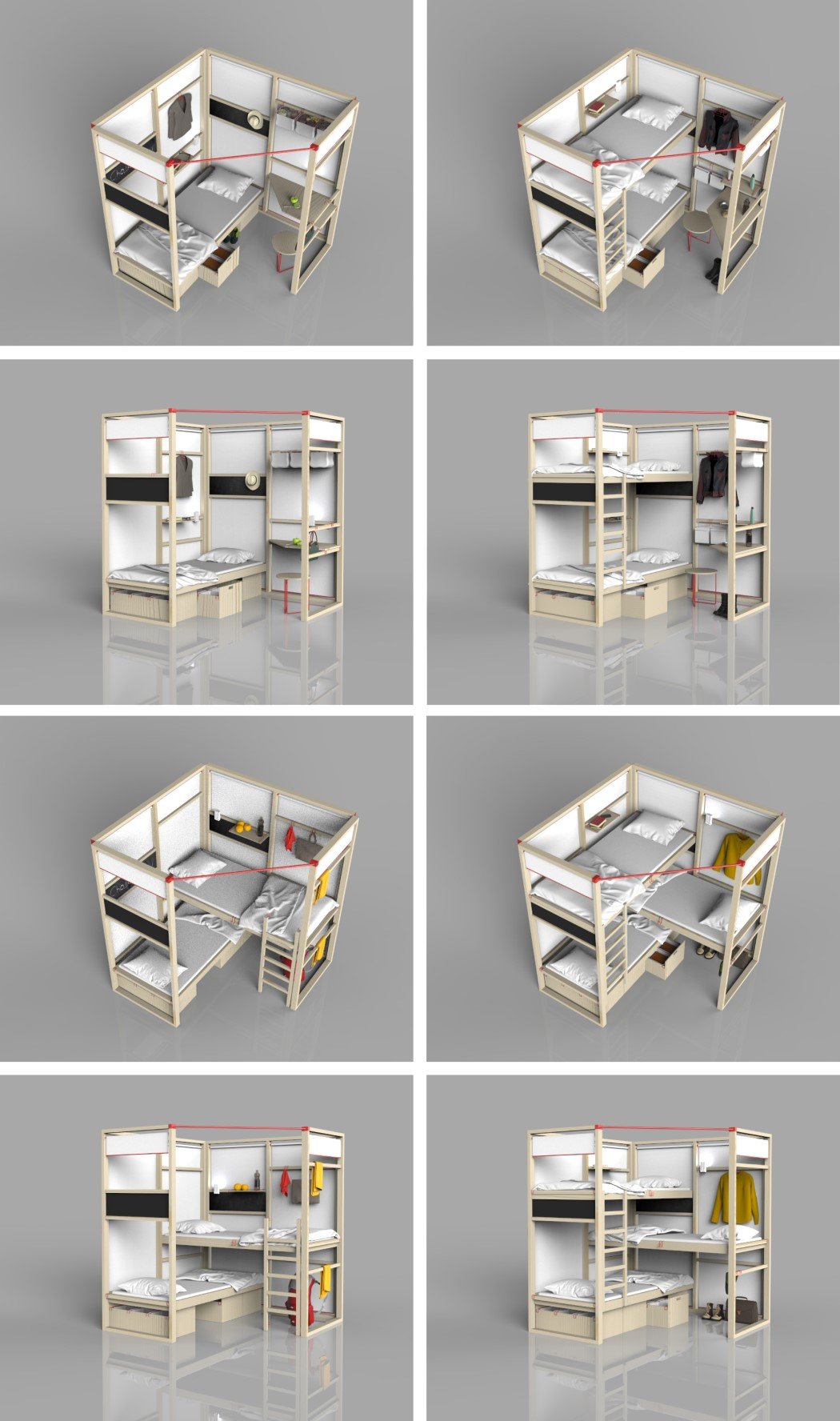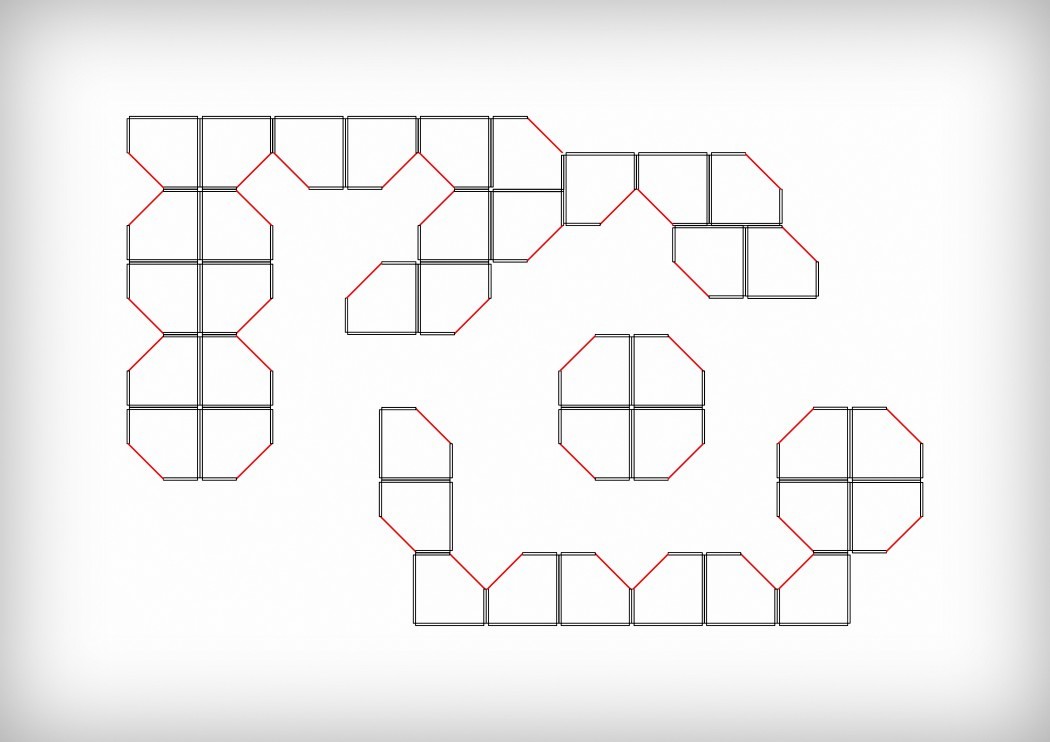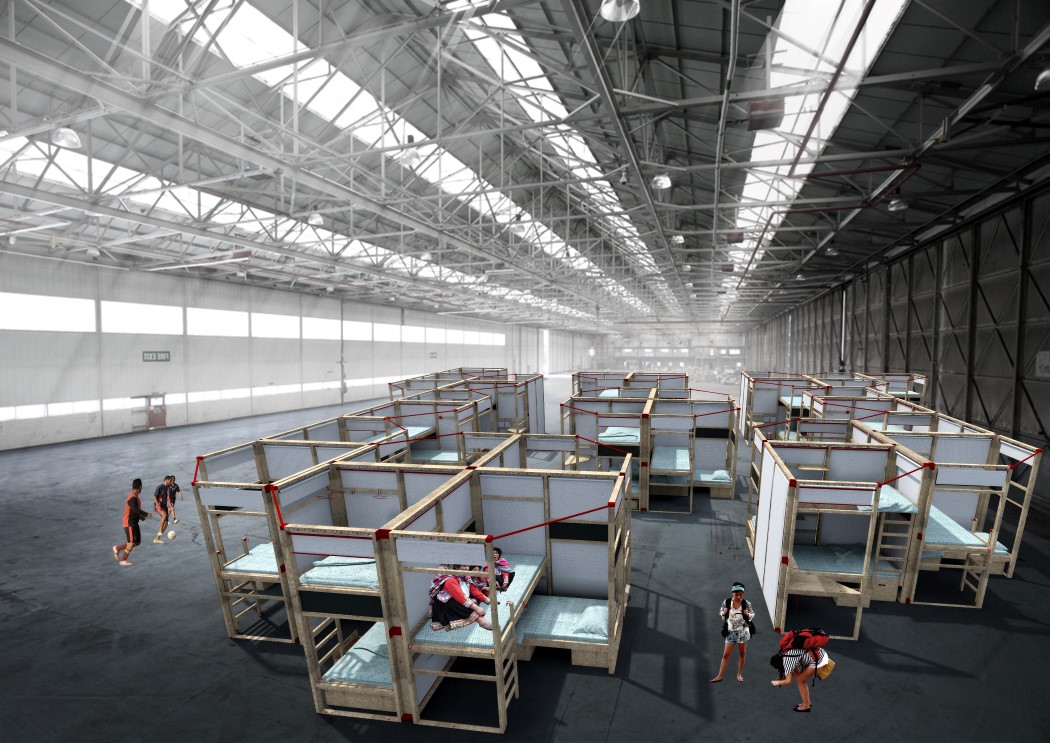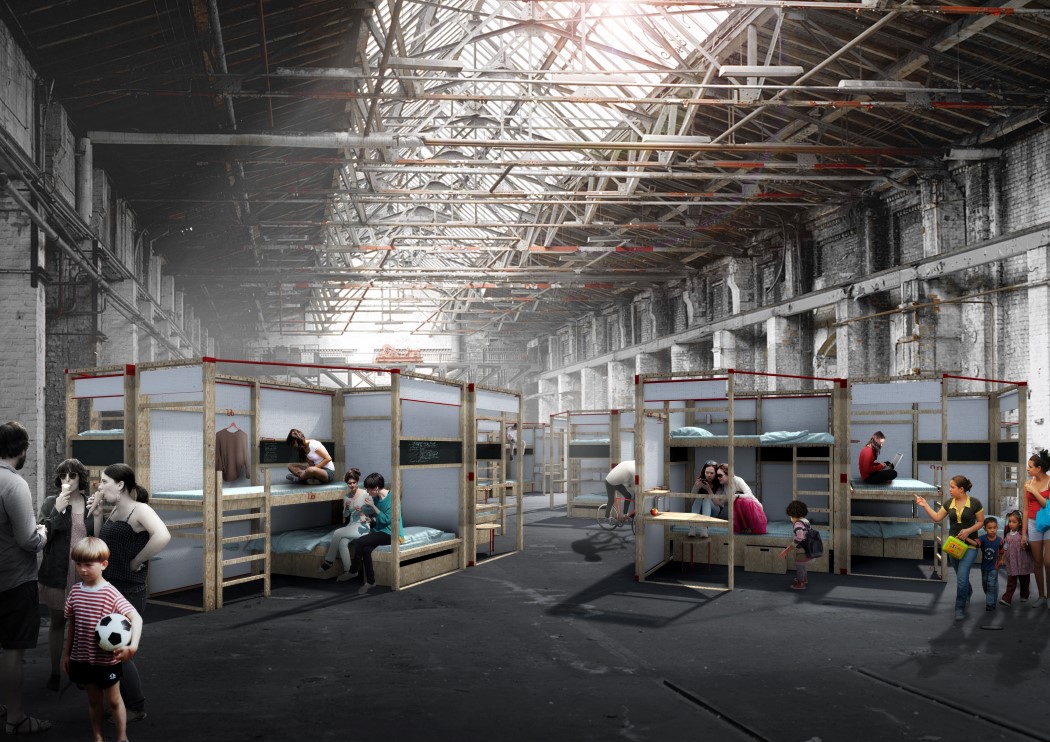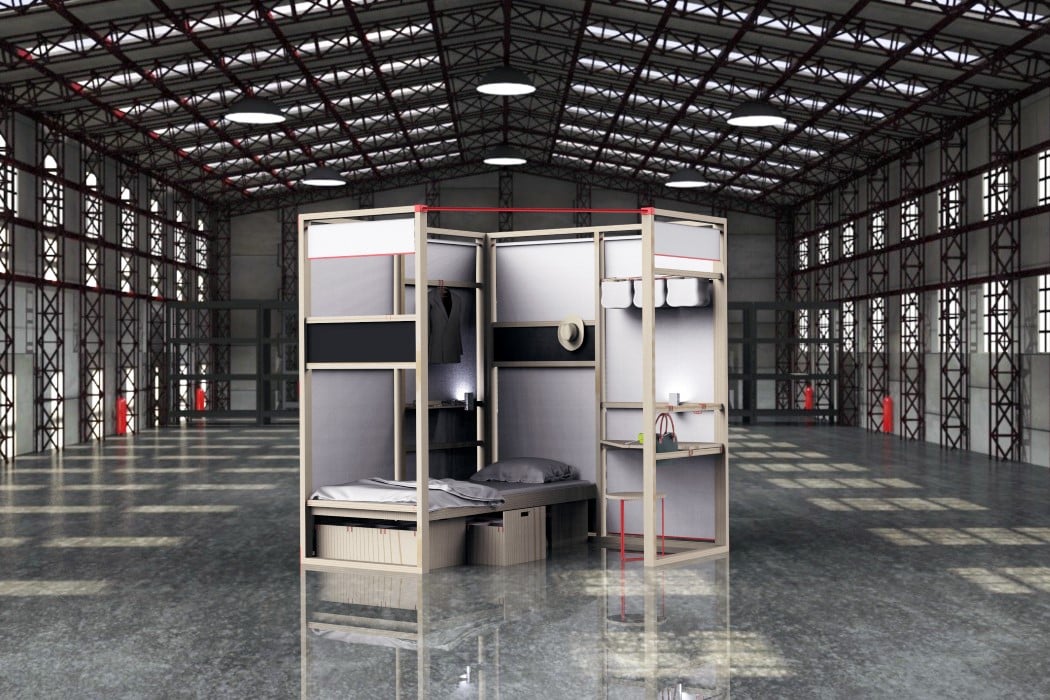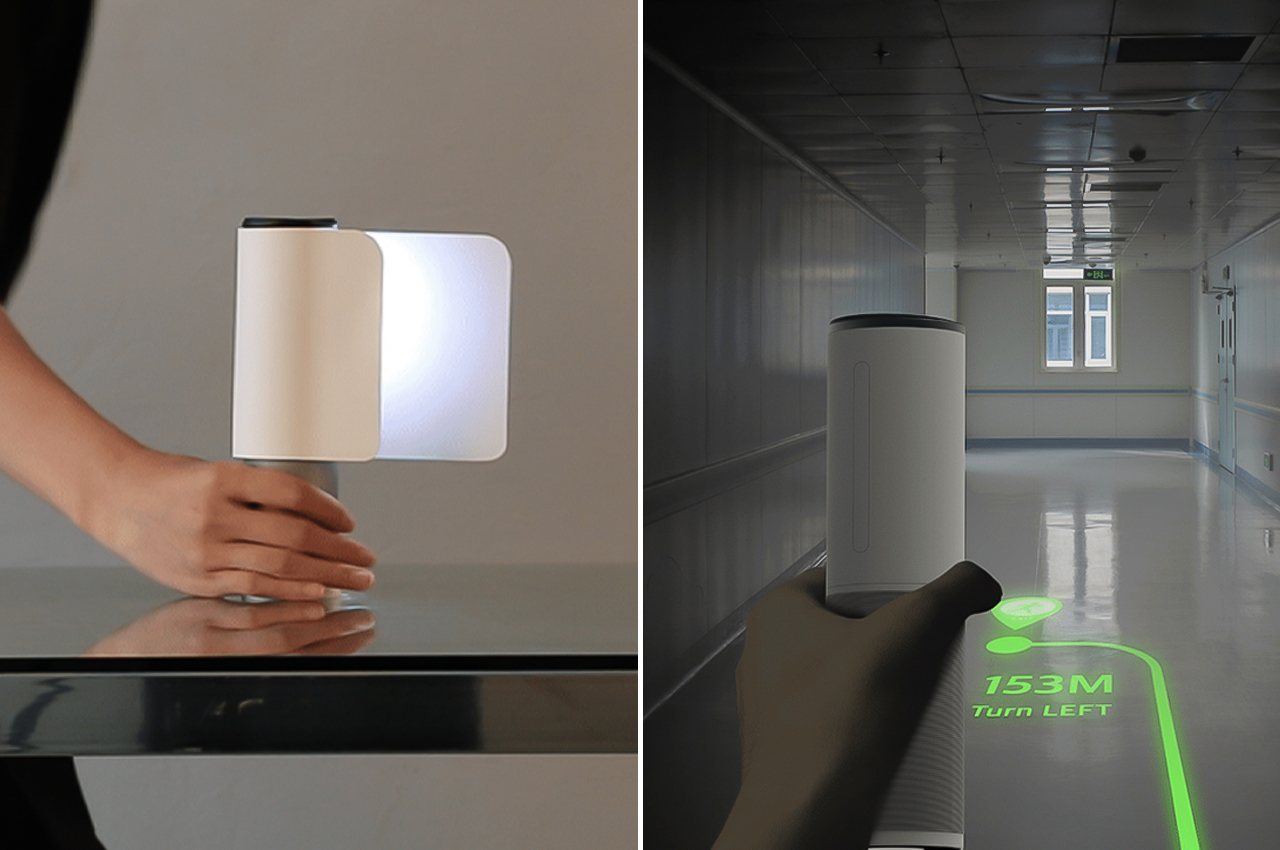
Strix is an emergency flashlight that uses integrated sensors to provide building occupants with the safest and most efficient evacuation route during emergency situations.
Emergency situations have a way of testing our fight or flight responses. But then, some of us freeze. No matter the disaster, evacuations require quick thinking that panic tends to stifle and it’s no secret that emergencies bring out the panic.
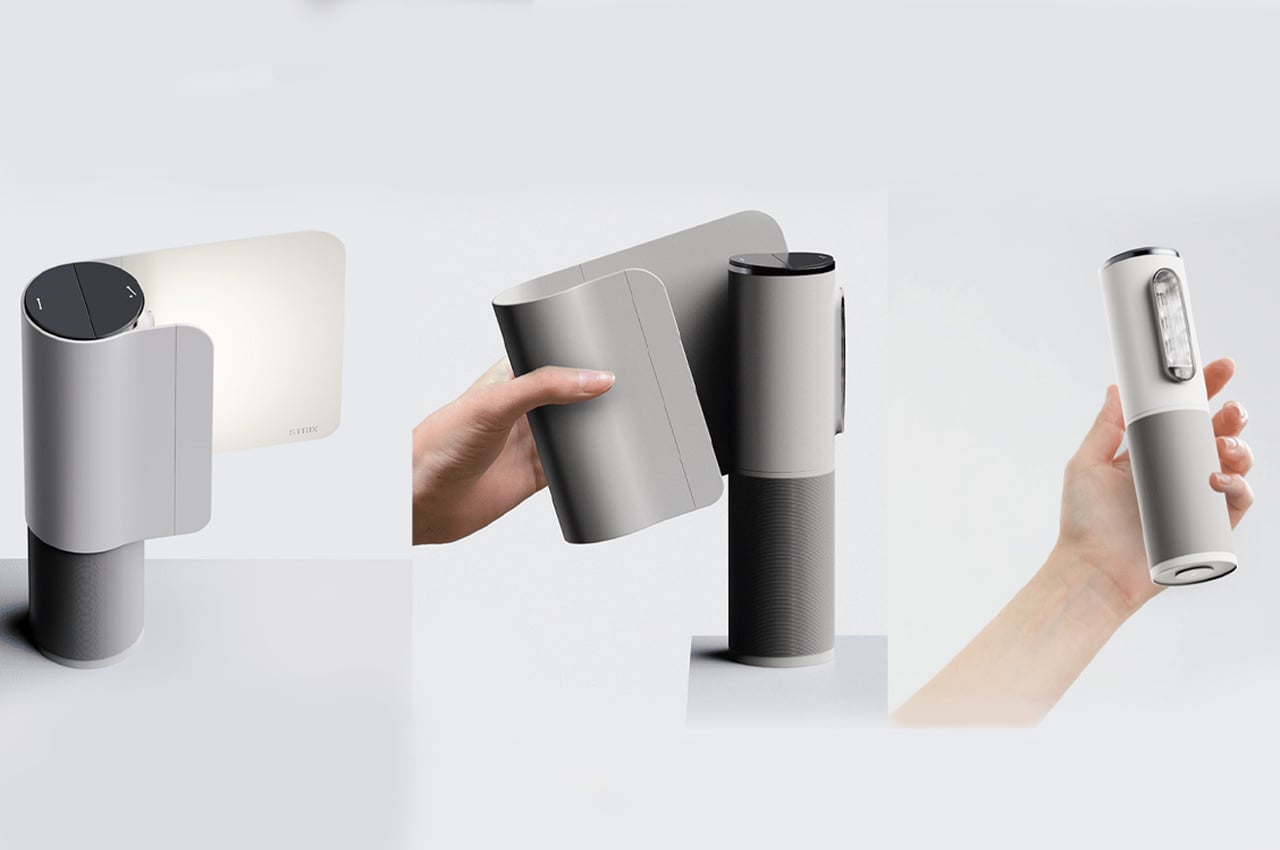
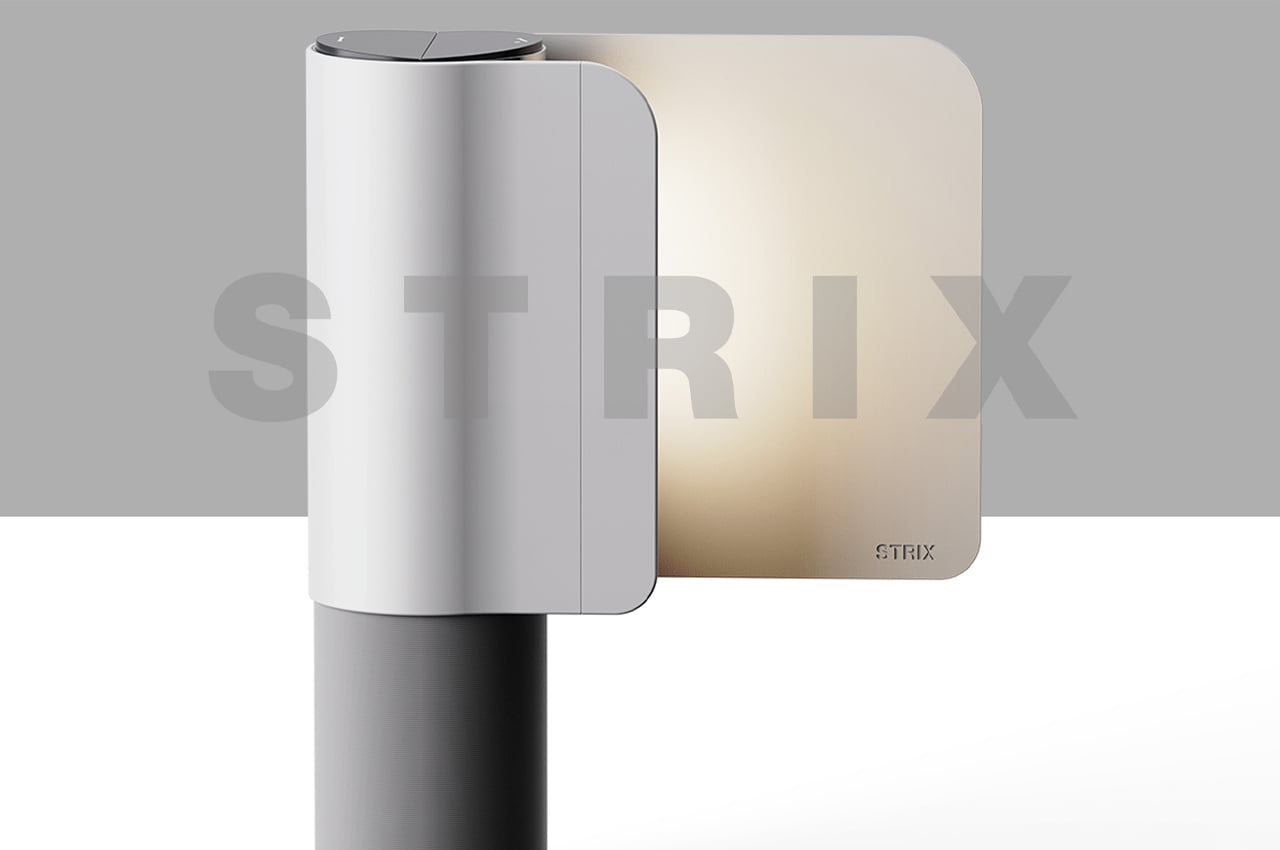
High-rise offices and public buildings are especially vulnerable to emergency situations, requiring mass evacuations in the worst cases. Providing a means for building occupants to evacuate safely, Hanyoung Lee designed Strix, a desk lamp that transforms into an emergency flashlight that reveals the most efficient evacuation routes during disaster situations.
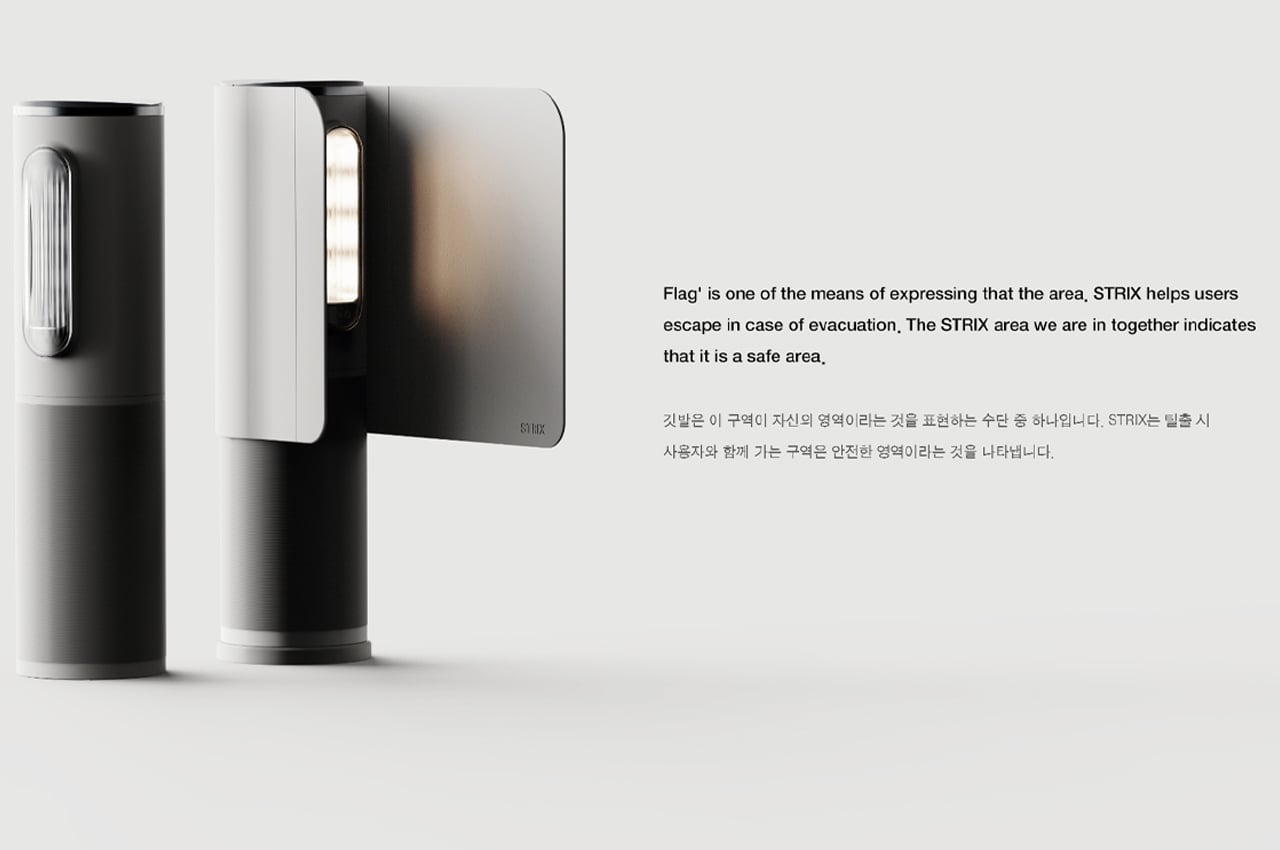
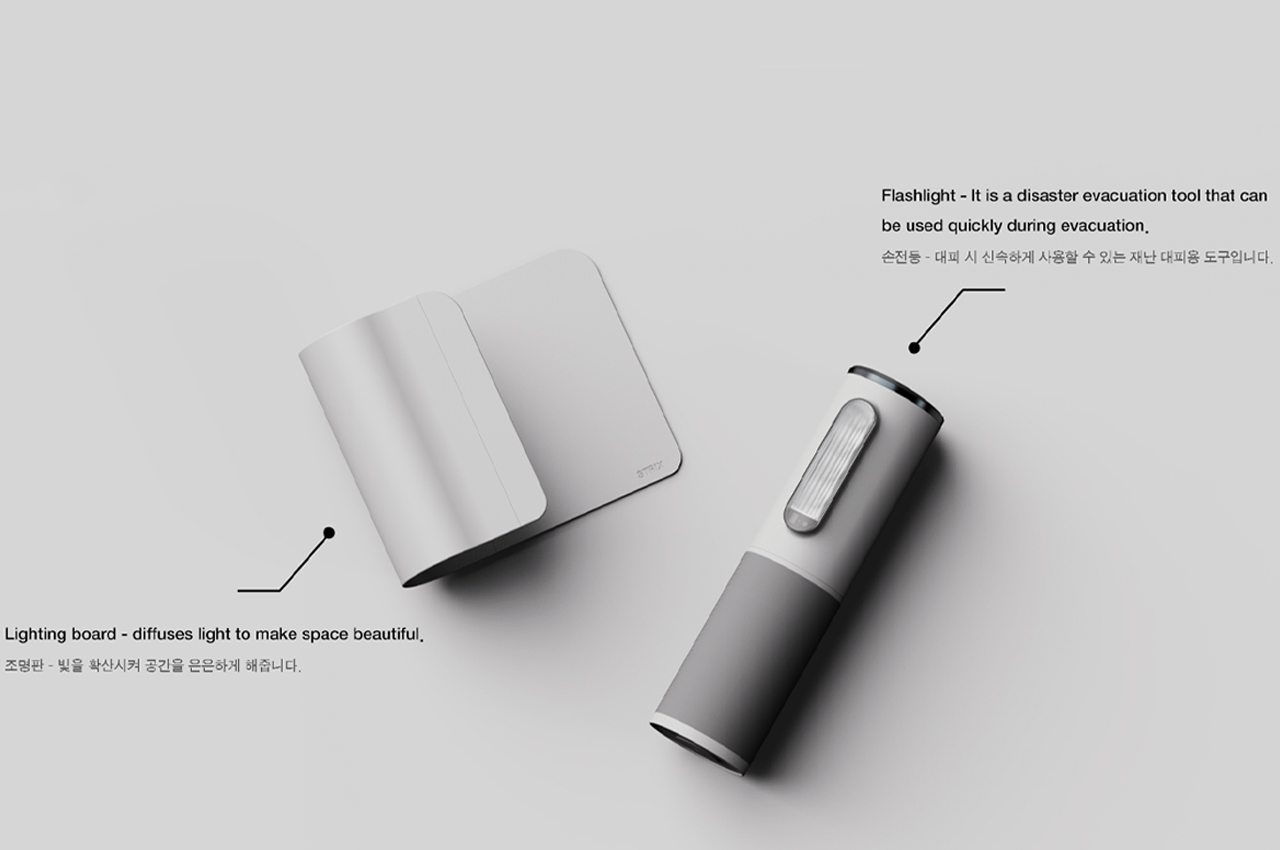
Given a modular build, the original form of Strix is a nondescript desk lamp with an attached light diffuser that offers a moody counterpart to Strix’s primary function.
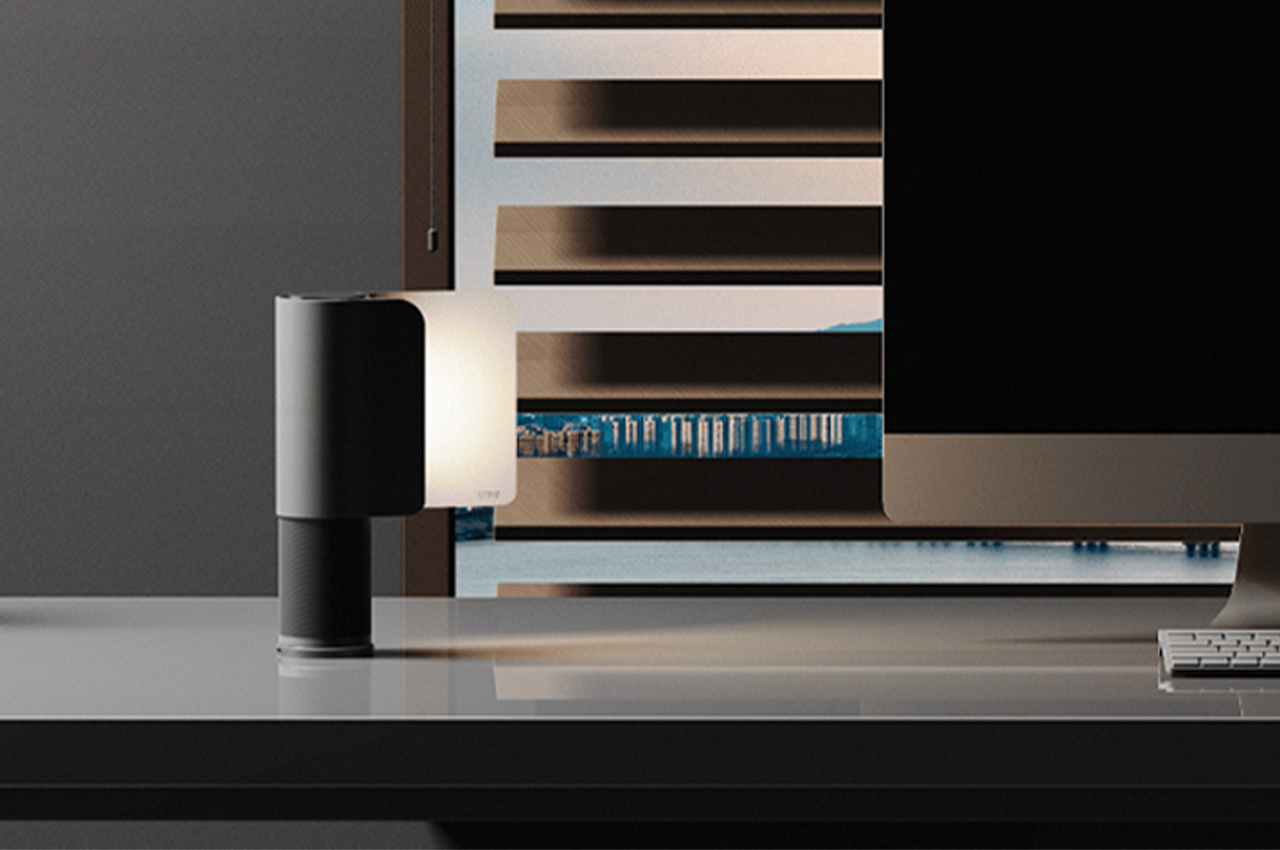
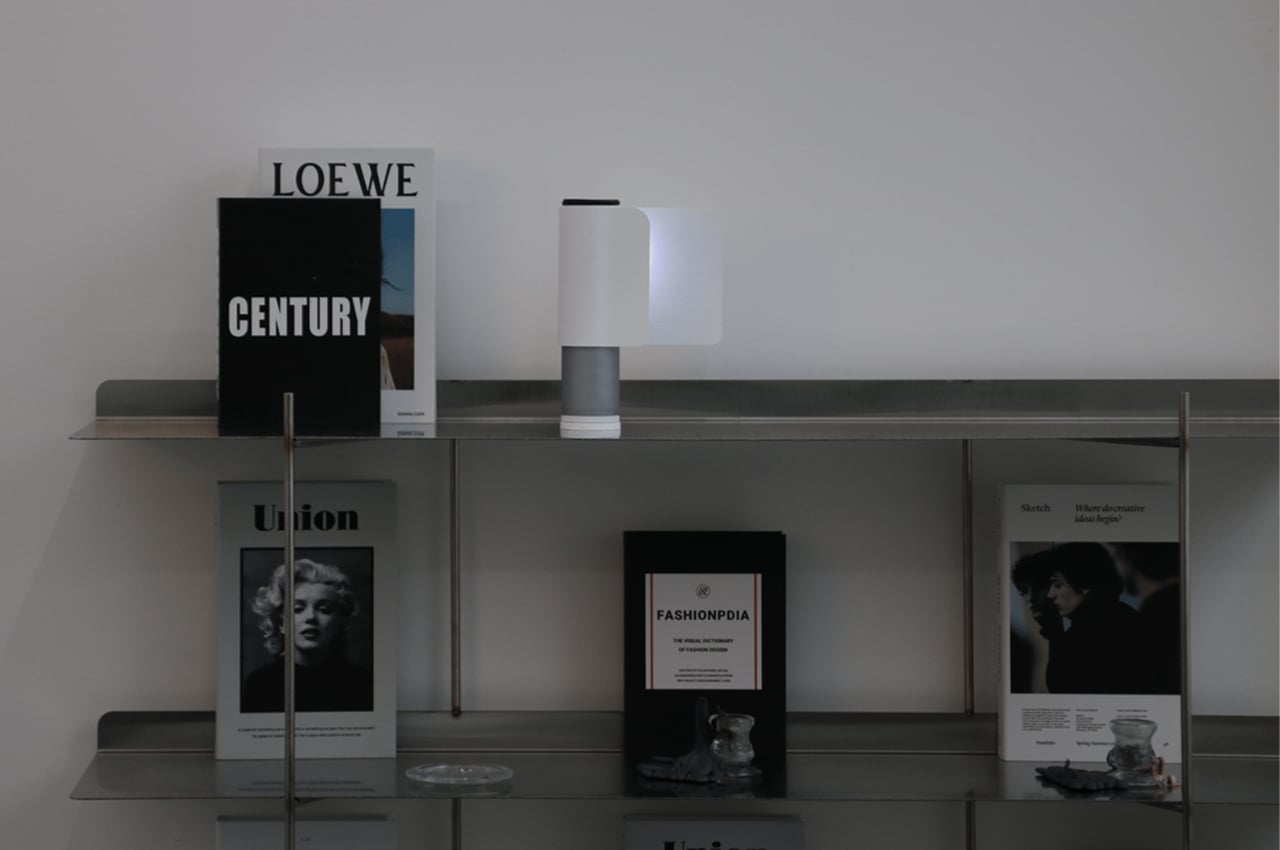
Once disaster hits and an evacuation is required, Strix transforms into an emergency flashlight that reveals the quickest, safest way out of the building. Guiding users to safety, Lee linked Strix with the building’s programmed evacuation route systems that come alight via LED light indicators.
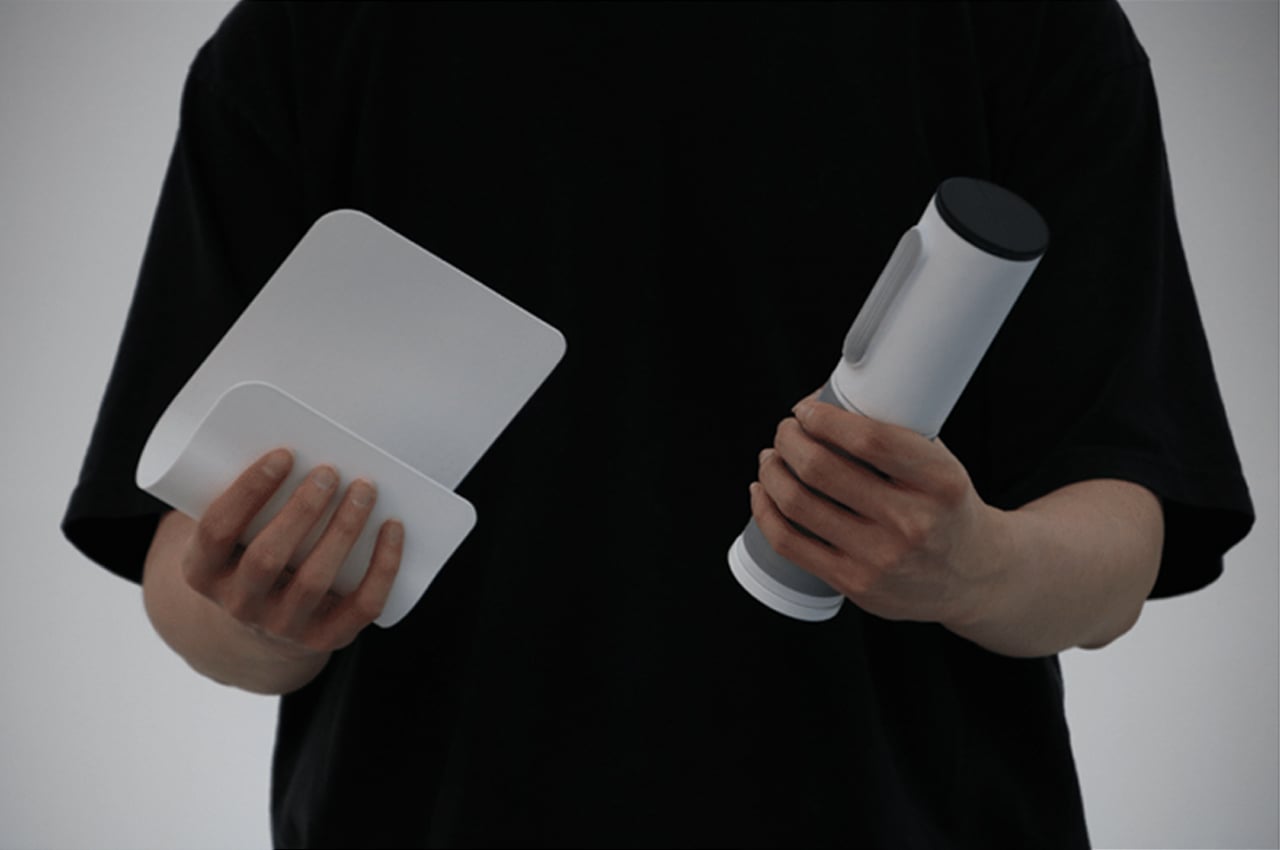
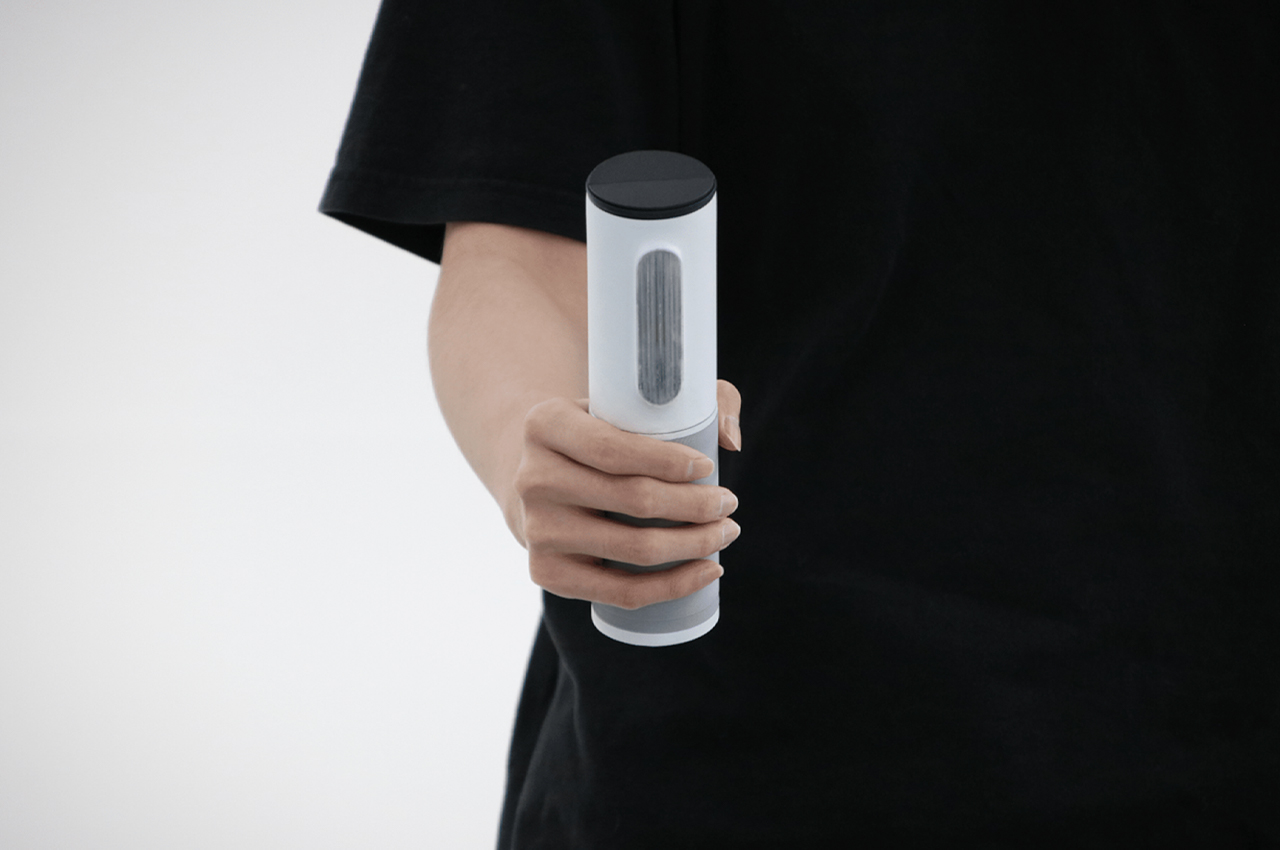
As opposed to following LED light strips, similar to those found in airplane aisles, Strix is handheld and portable, allowing users to bring it anywhere. While light strips are helpful in their own light, the portability feature of Strix might come in handy in the case that various evacuation routes are blocked.
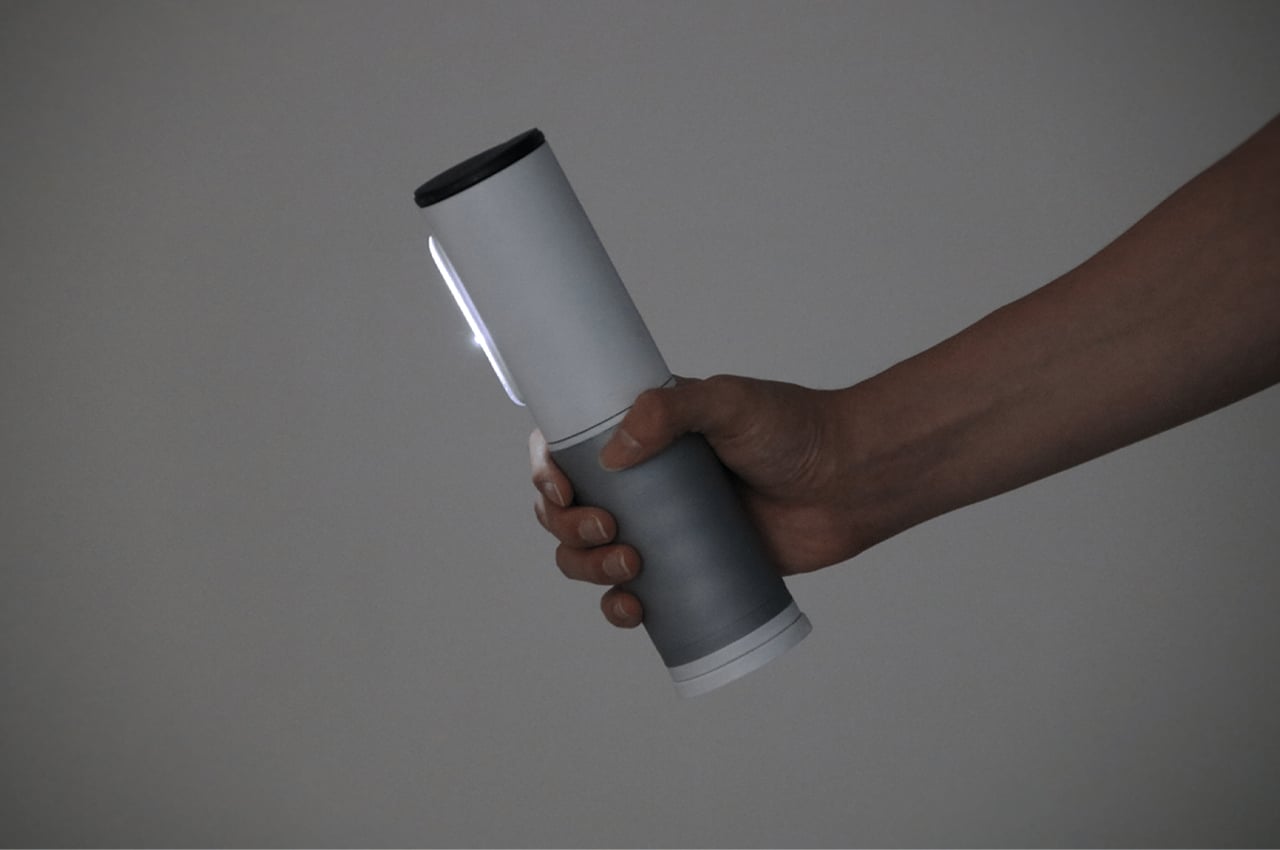
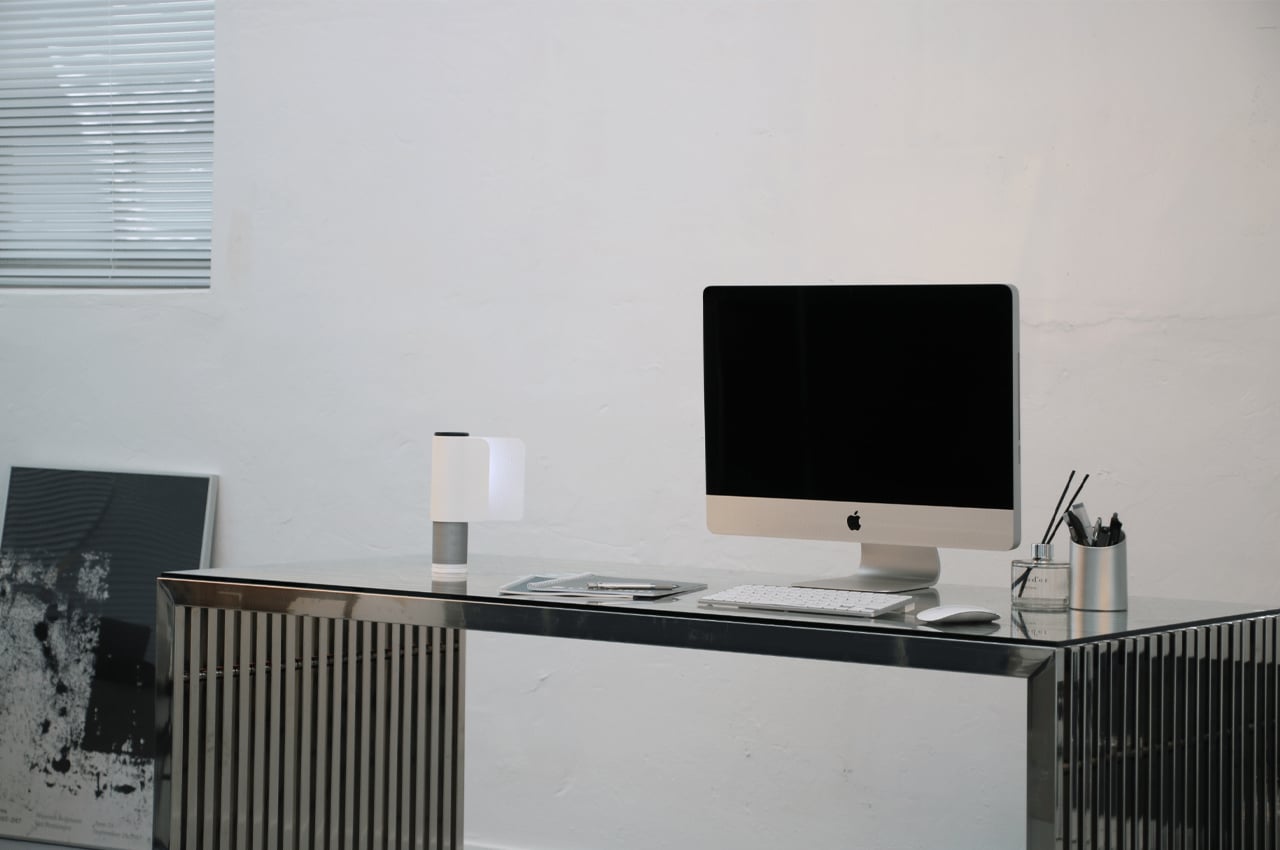
During these situations, Strix adjusts the evacuation route the same way your GPS might when you take a wrong turn.
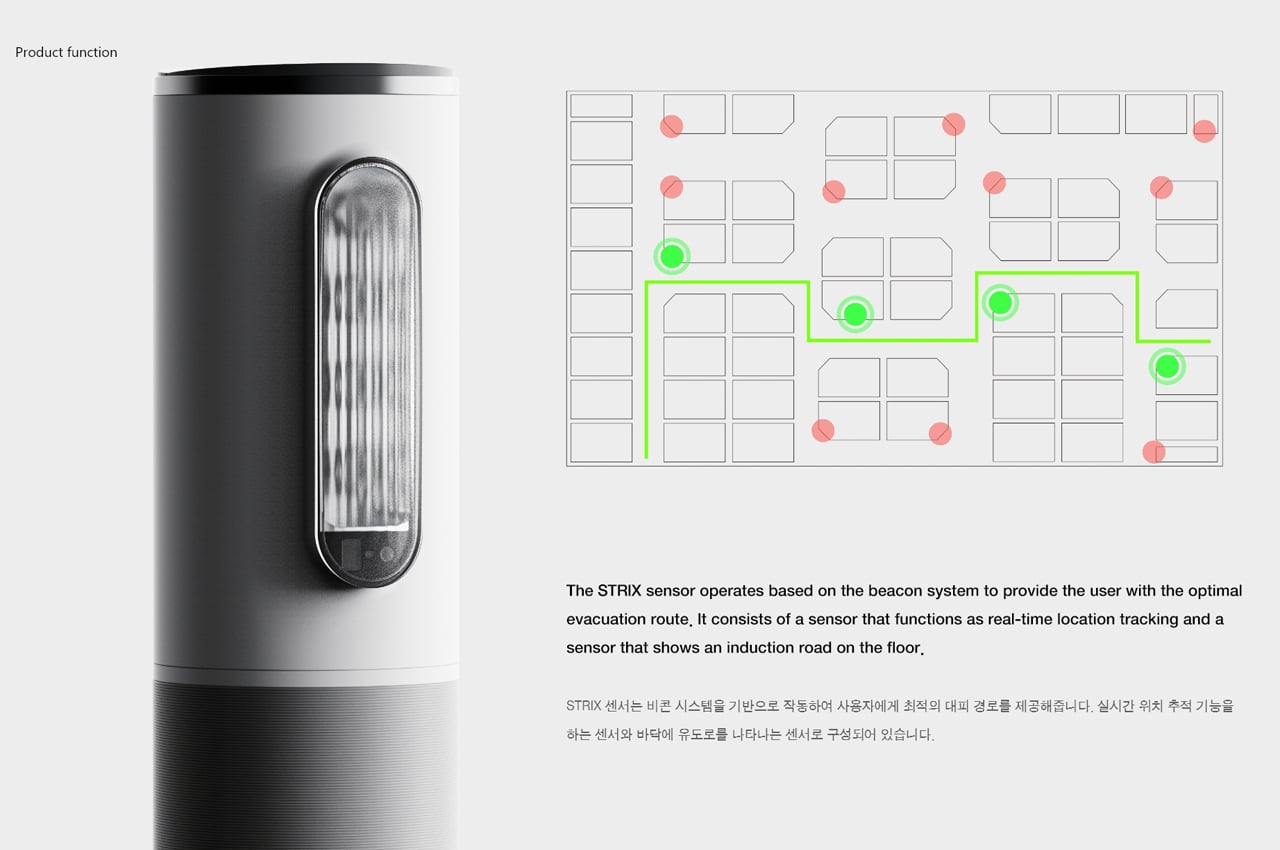
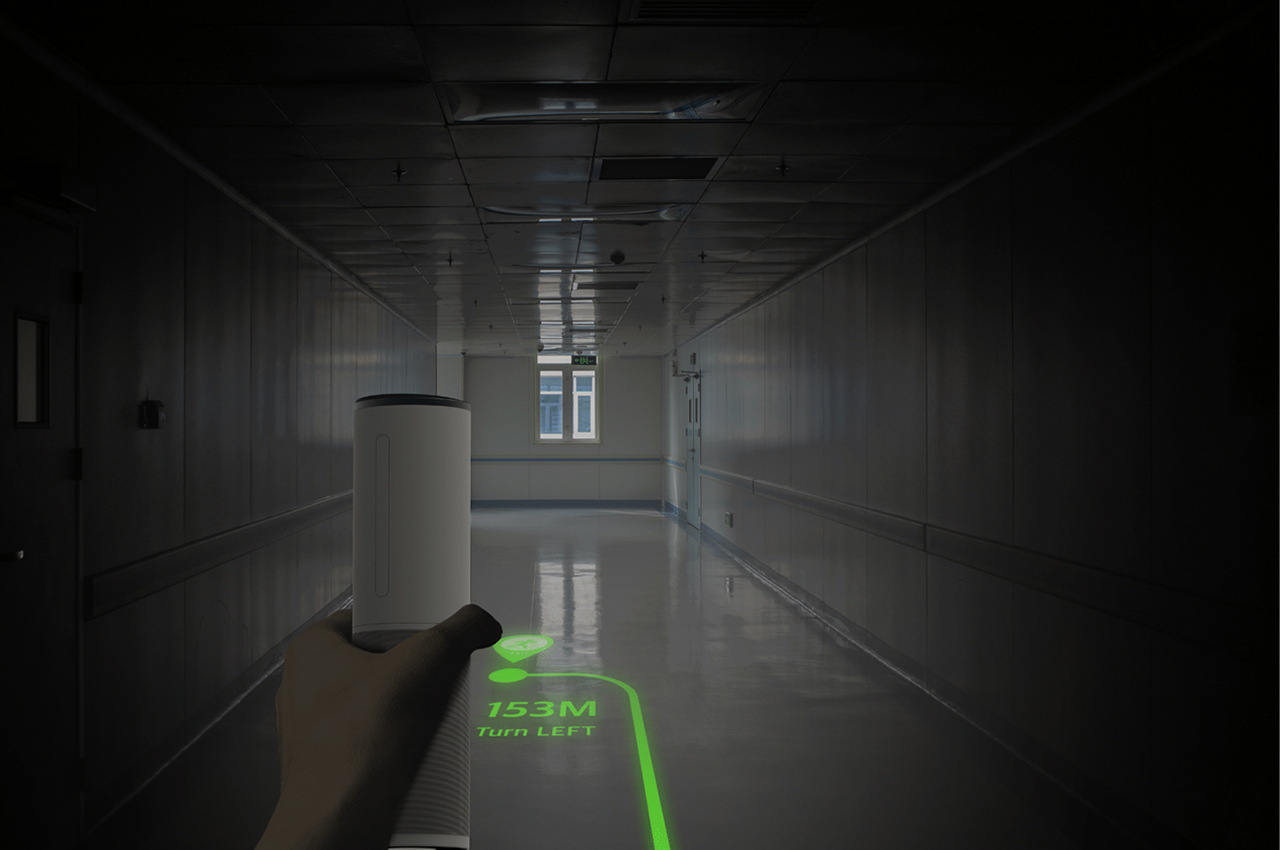
Describing the programmed evacuation light indicator, Lee notes, “The Strix sensor operates based on the beacon system to provide the user with the optimal evacuation route. It consists of a sensor that functions as a real-time location tracking [device,] as well as a sensor that shows an induction road on the floor.”
Designer: Hanyoung Lee
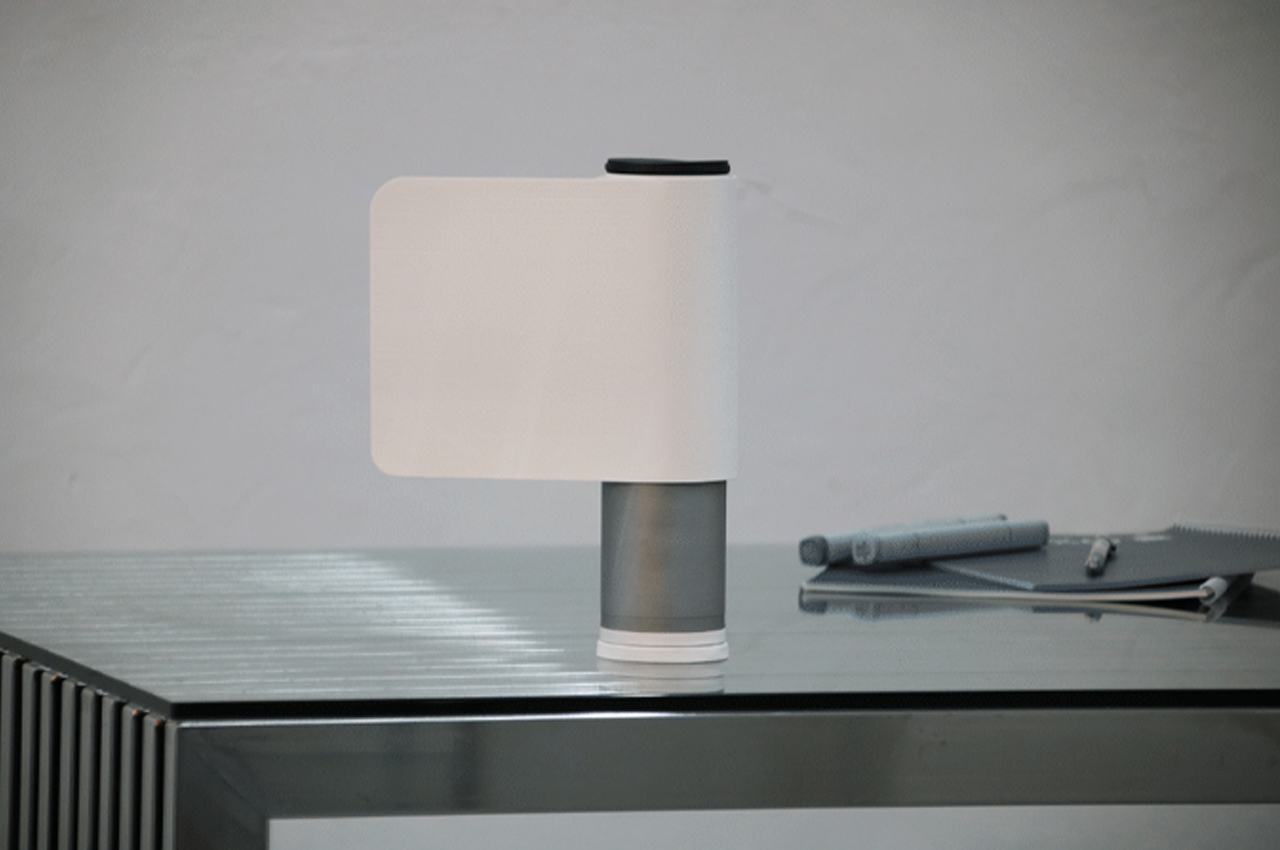
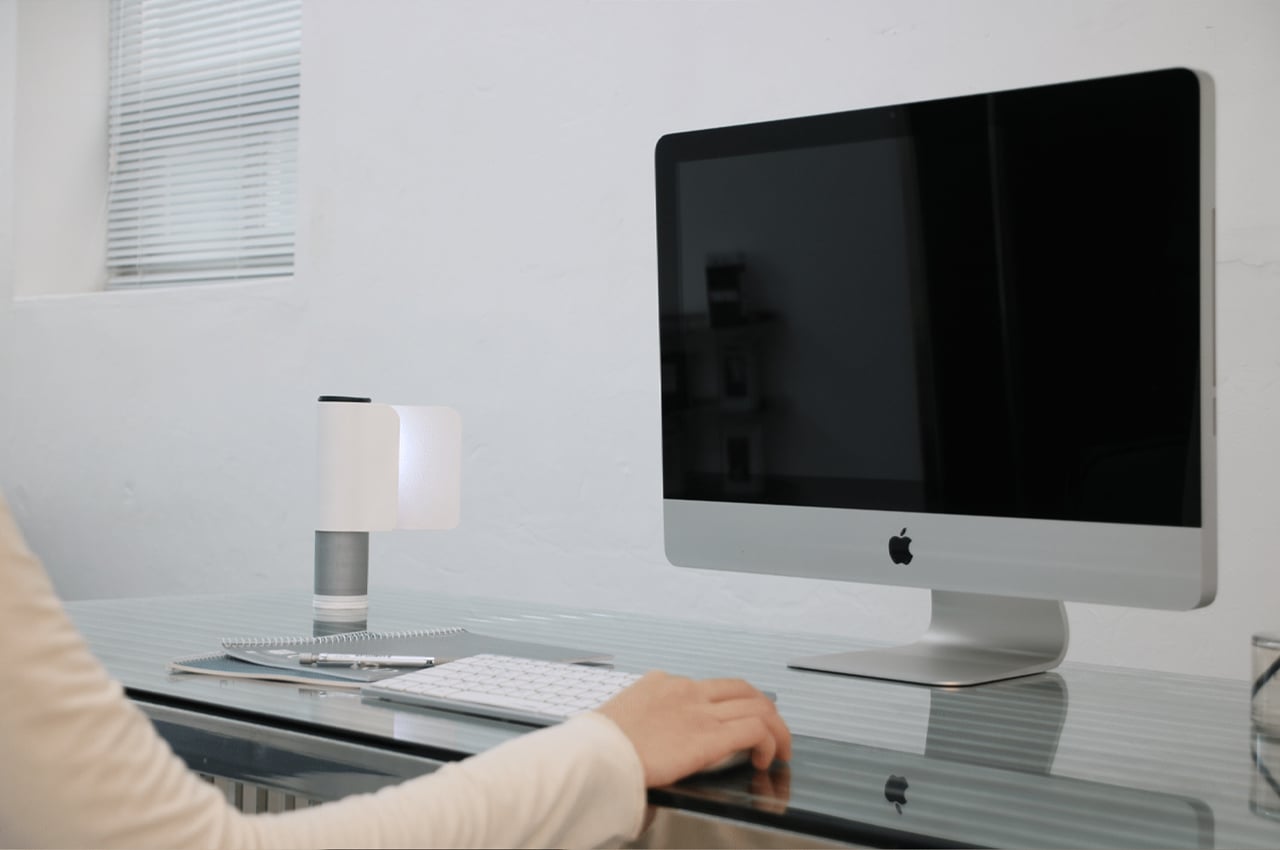
When there’s no emergency, Strix functions as a casual desk lamp with an attached light diffuser.
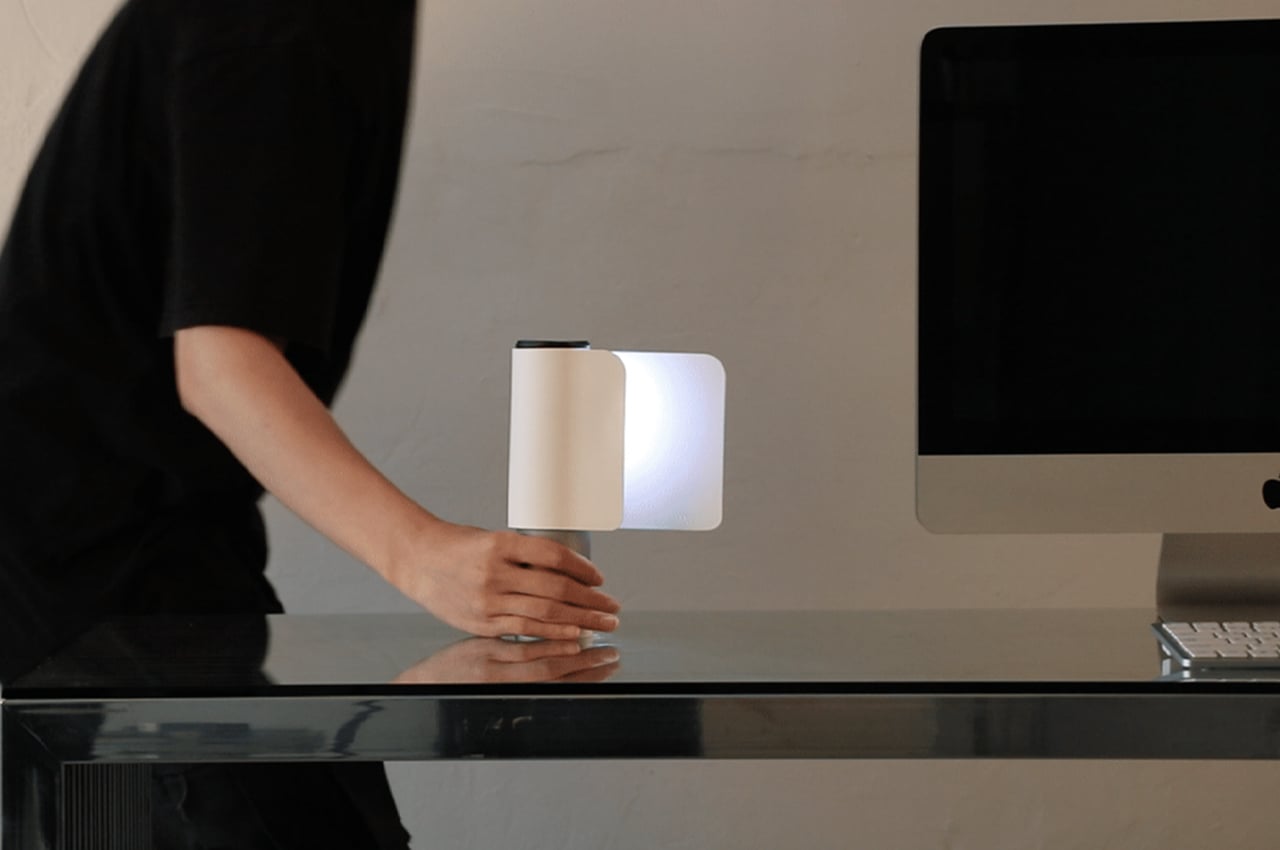
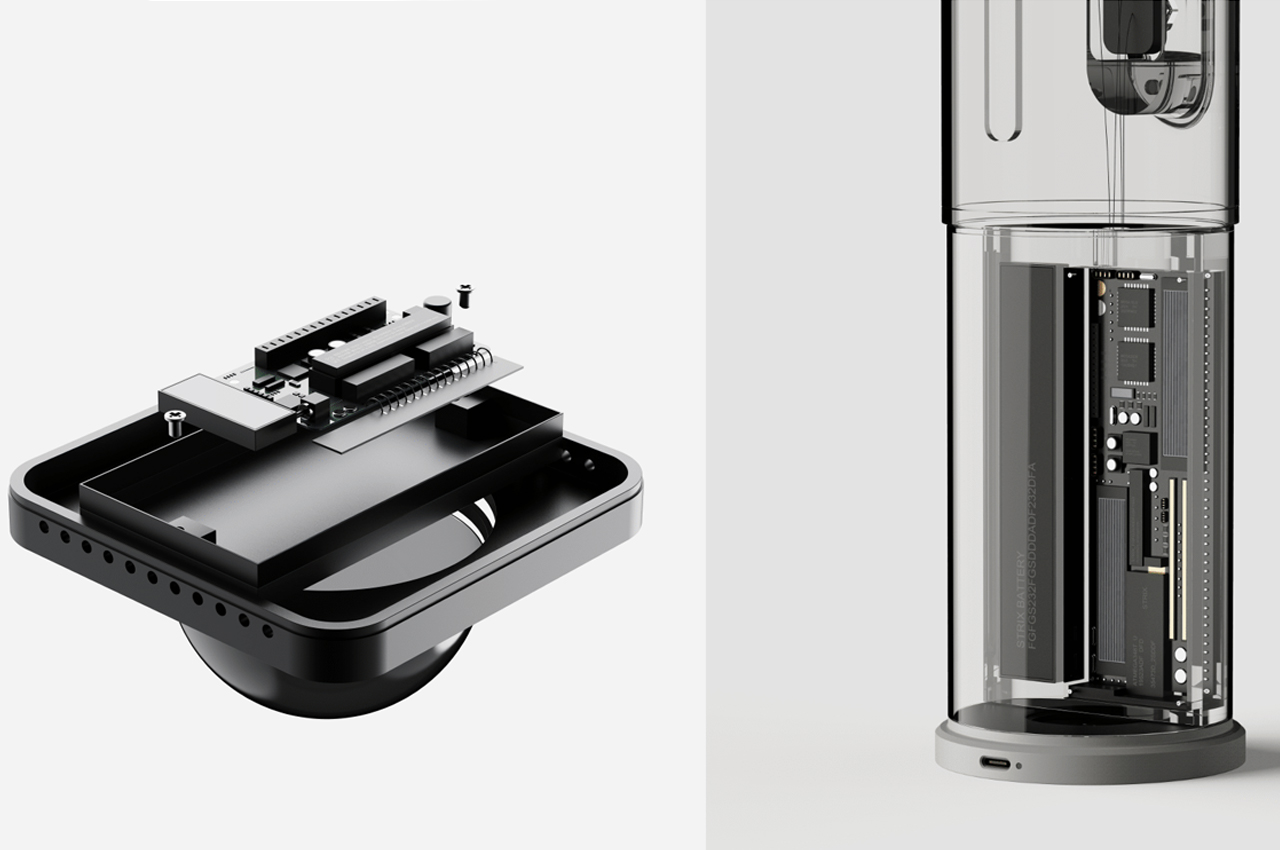
The internal workings of Strix link up with each building’s programmed evacuation route systems.
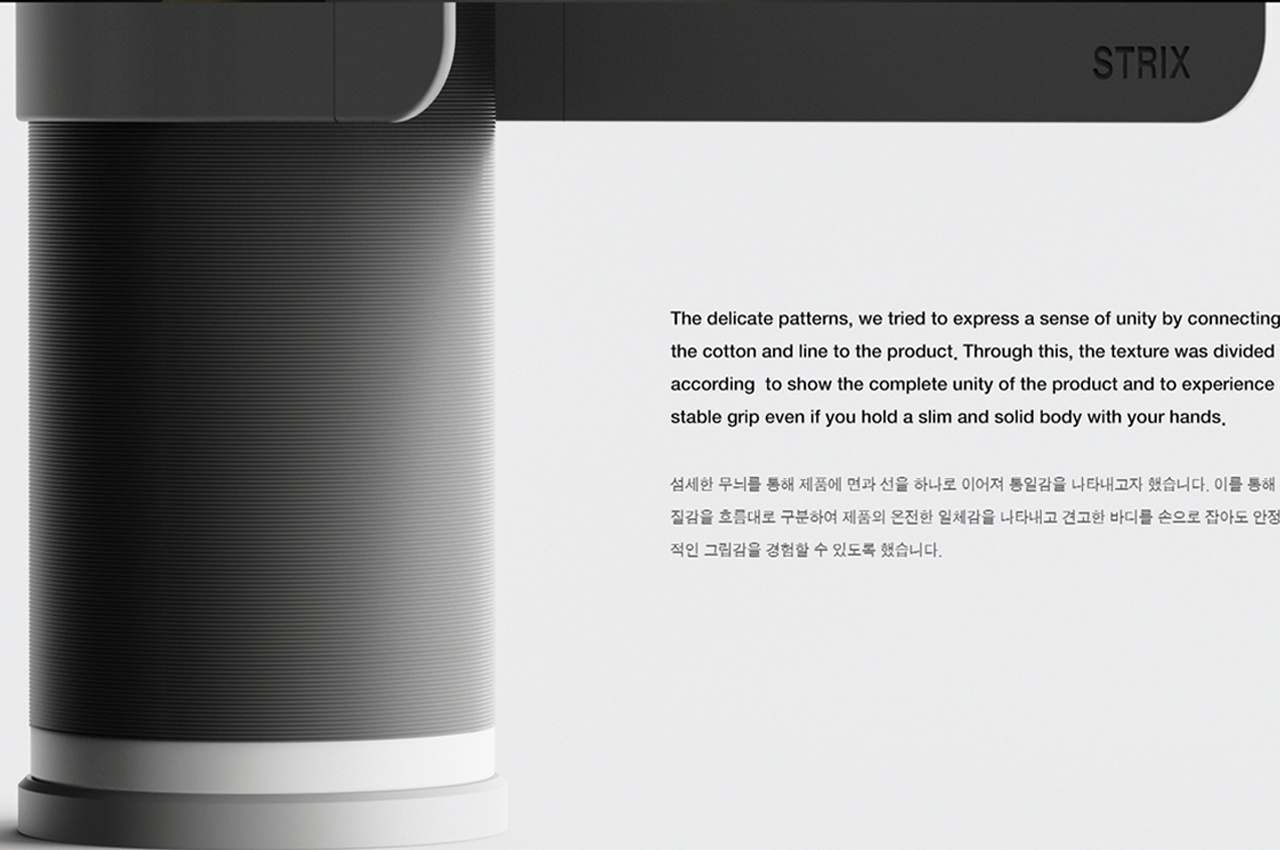
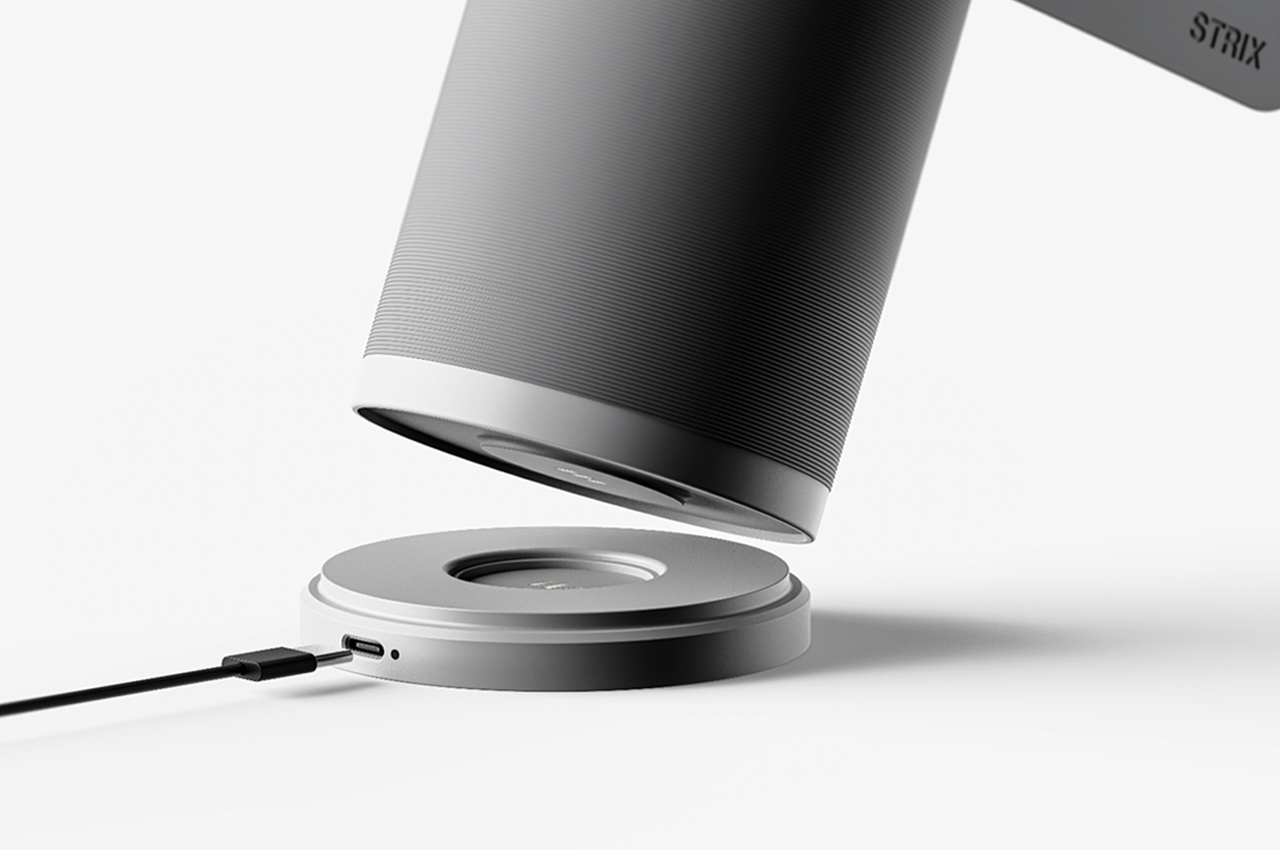
A charging station allows users to keep Strix full of battery for when disaster hits.
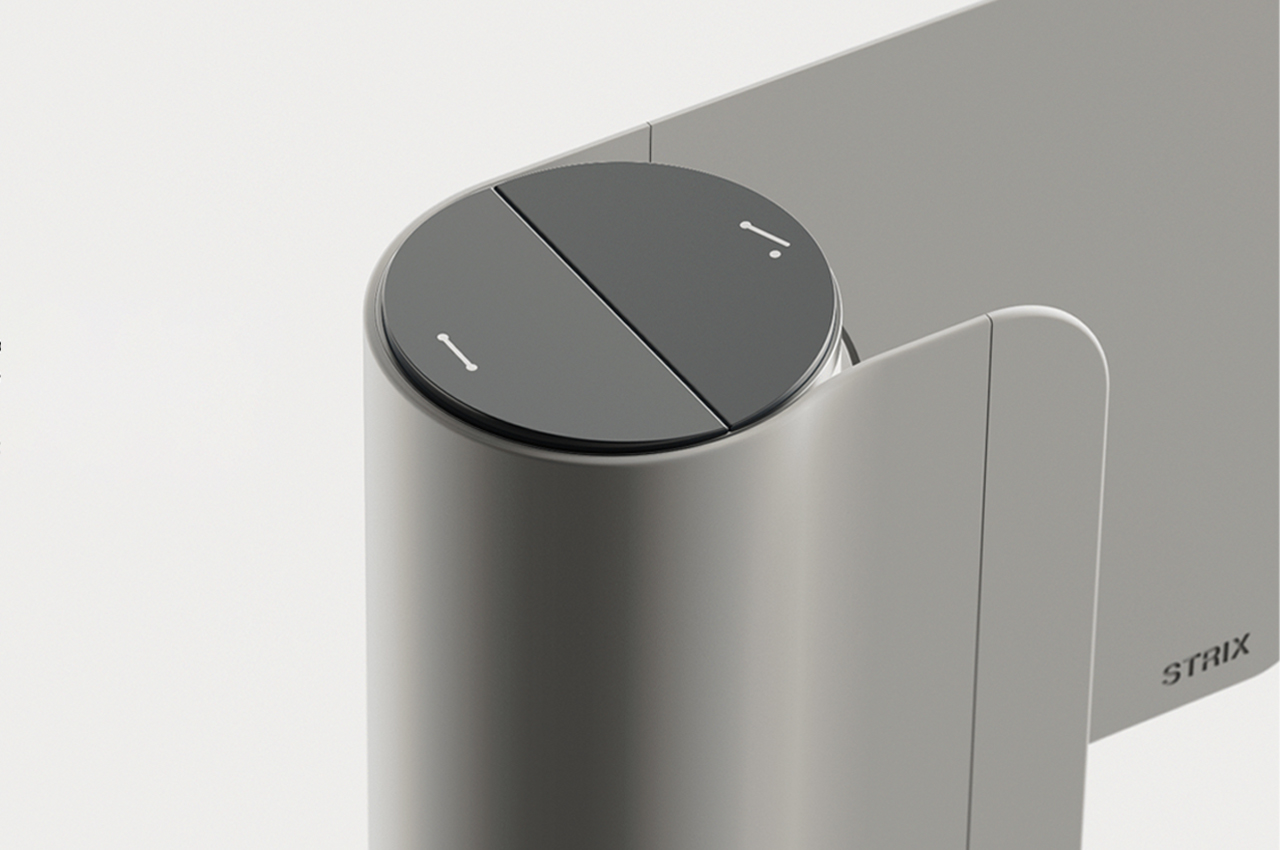
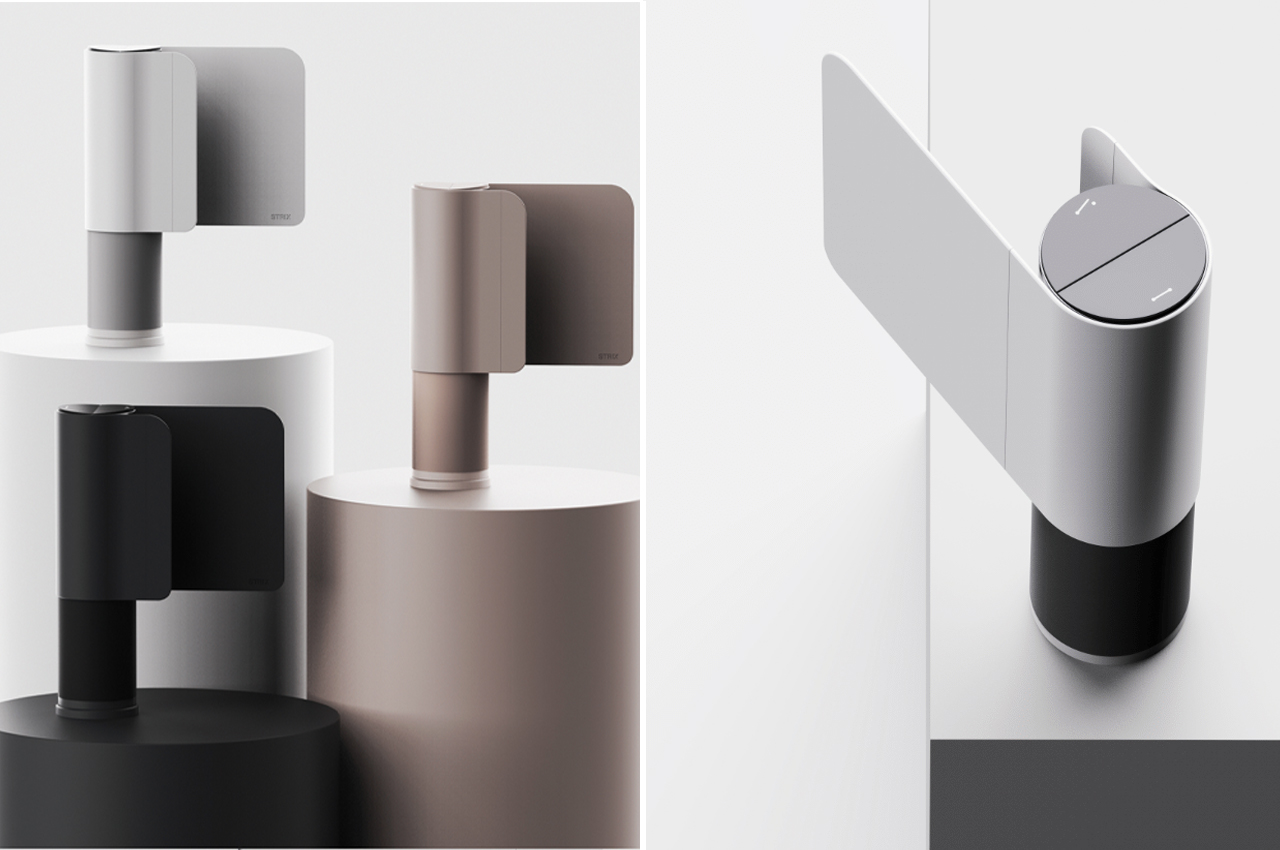
Available in an array of different colors, Strix can match the tone of your office for use as a desk lamp.
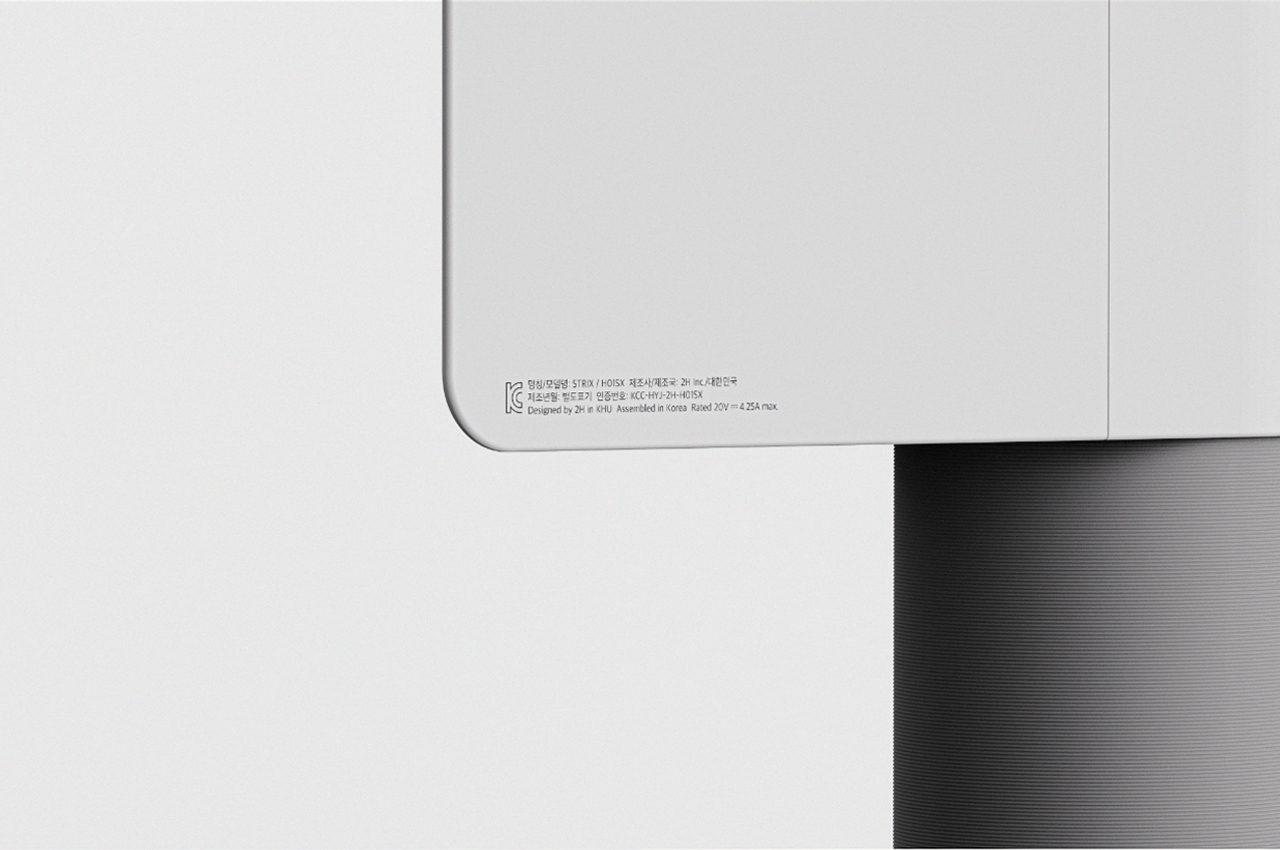
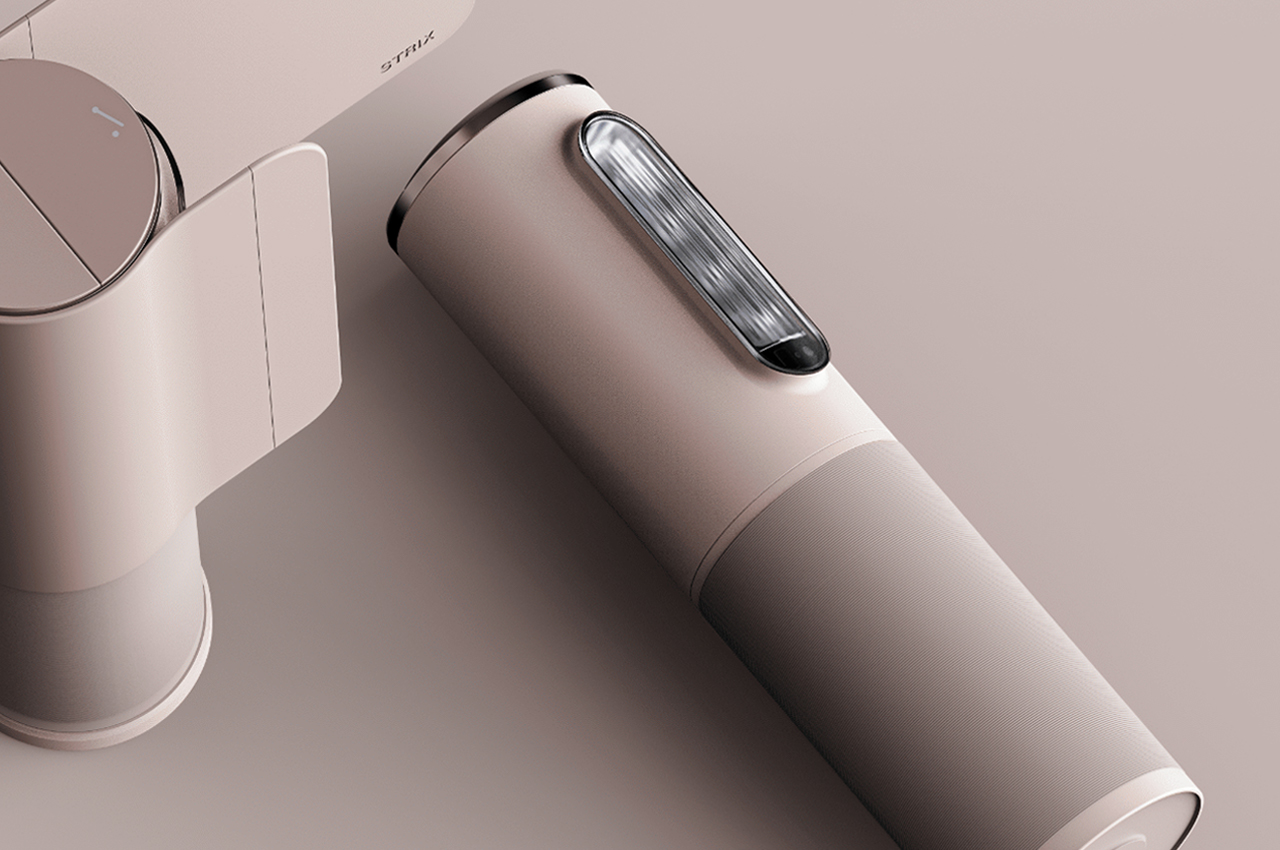
The light diffuser readily detaches from the flashlight for use during emergencies.
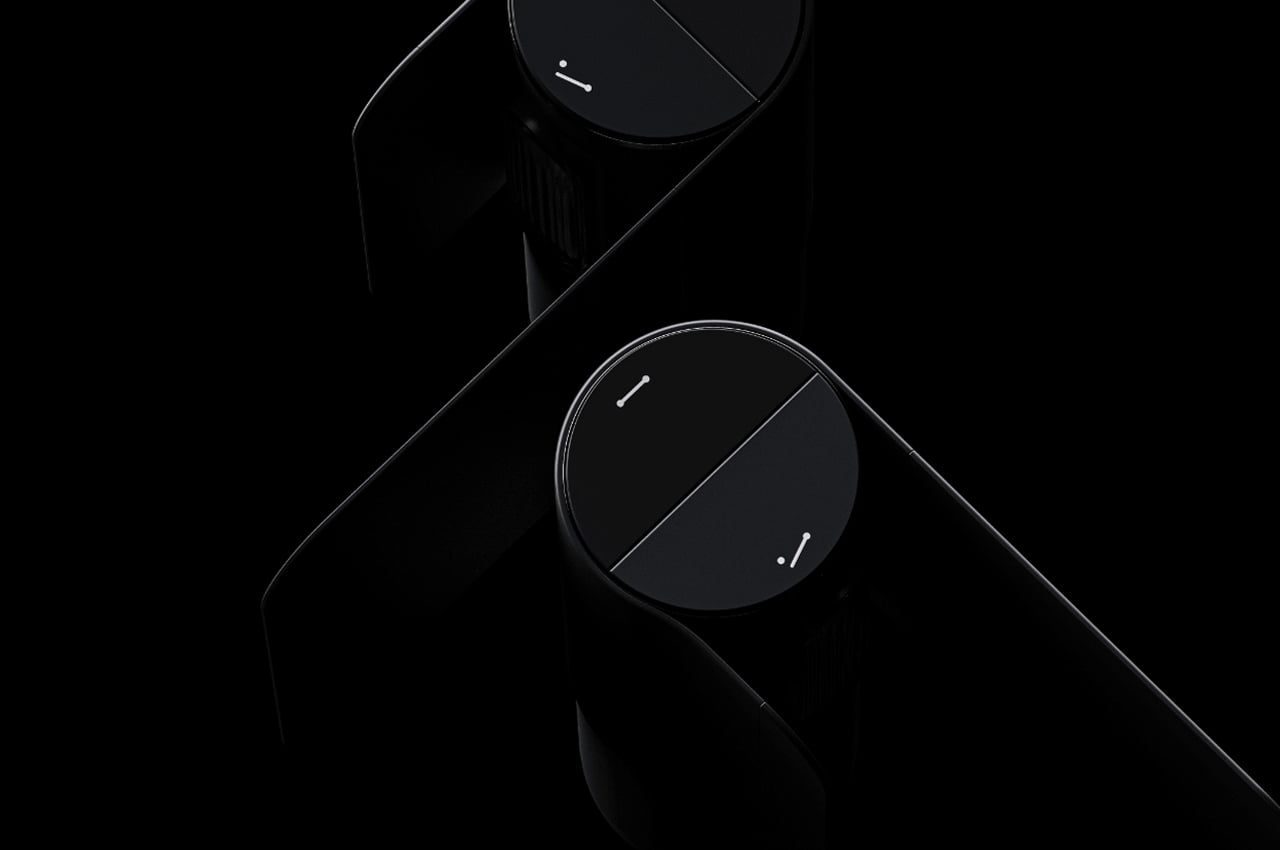
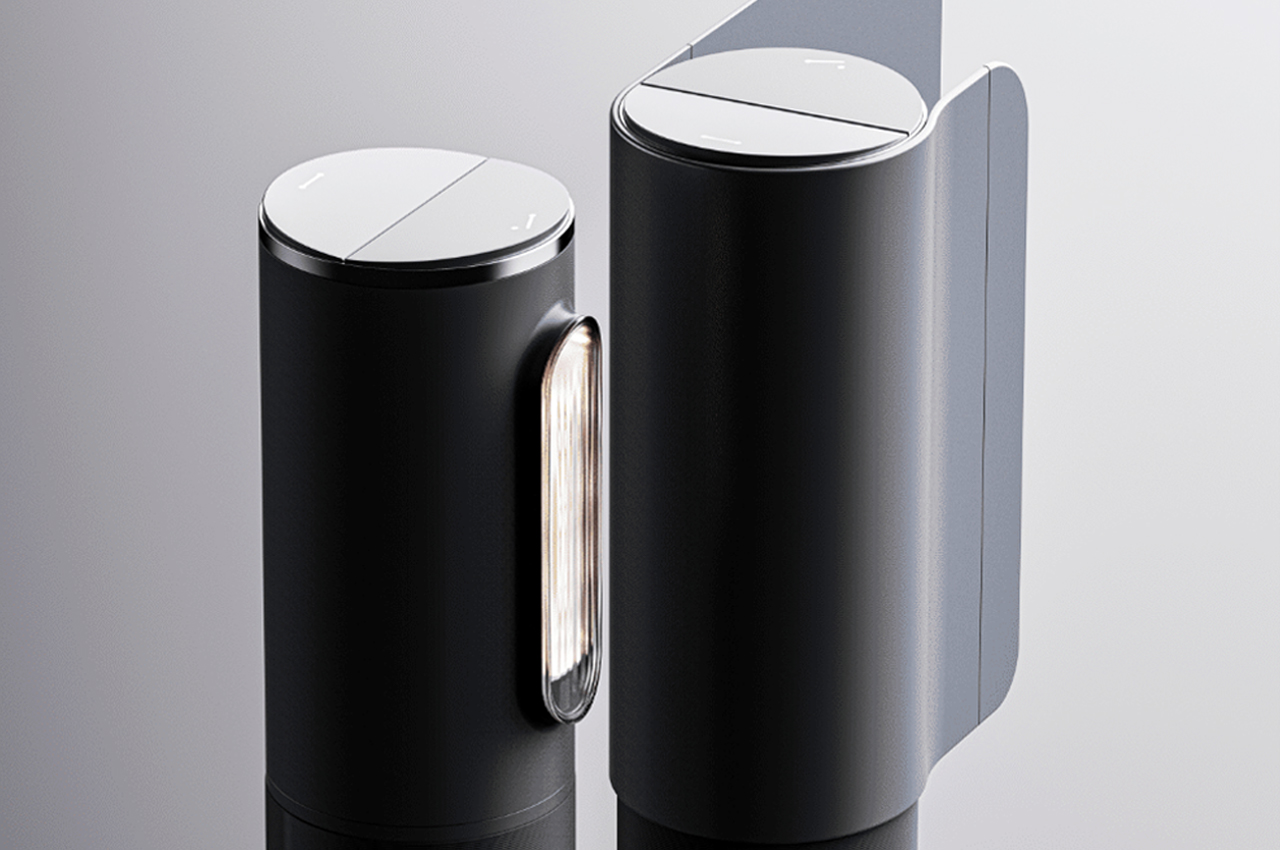
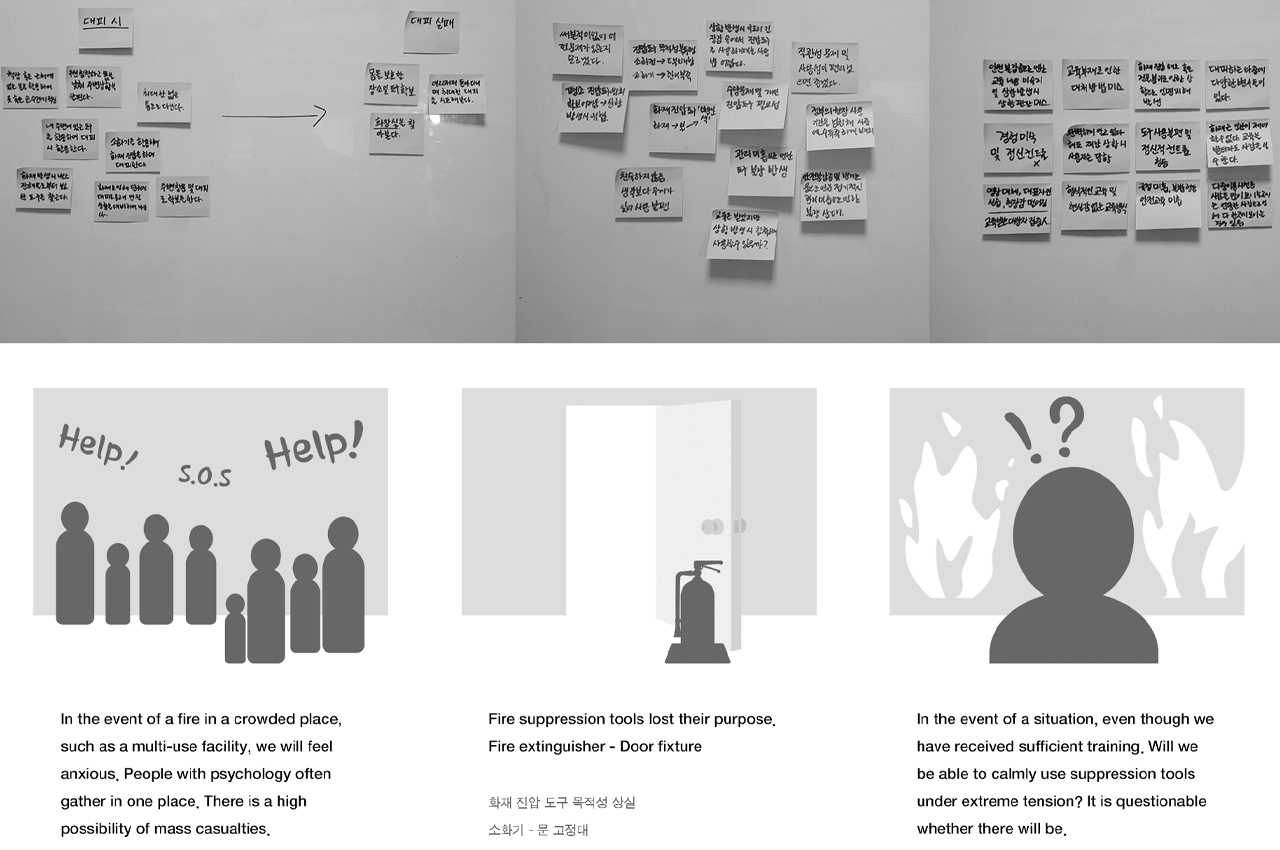
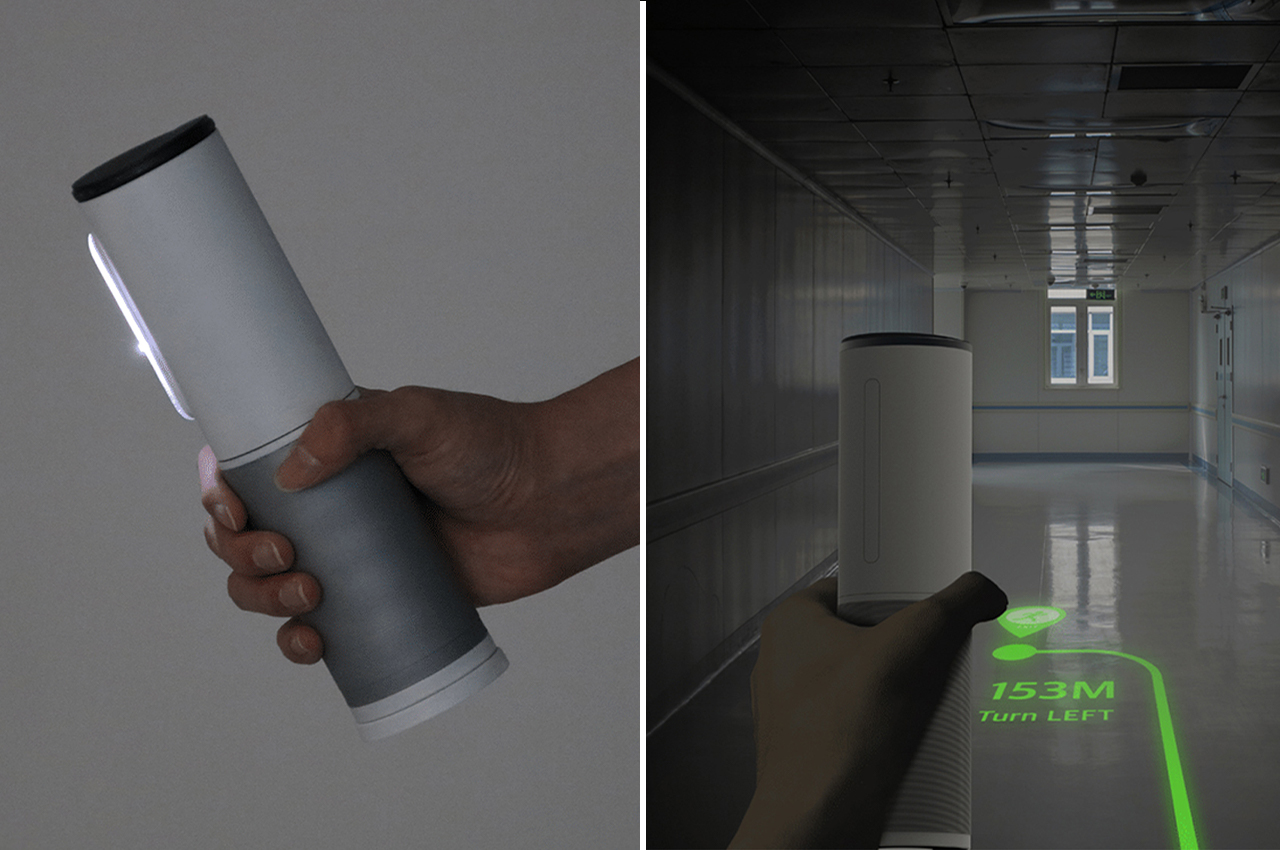
The post This emergency flashlight doubles as a desk lamp and has built-in sensors to indicate the safest evacuation routes! first appeared on Yanko Design.
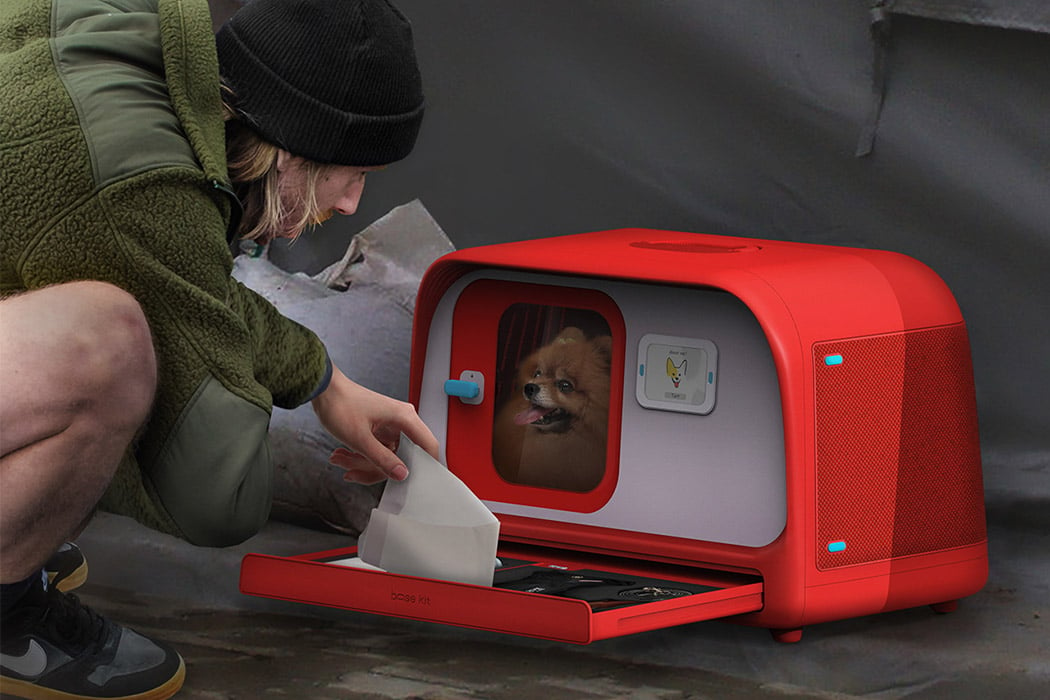
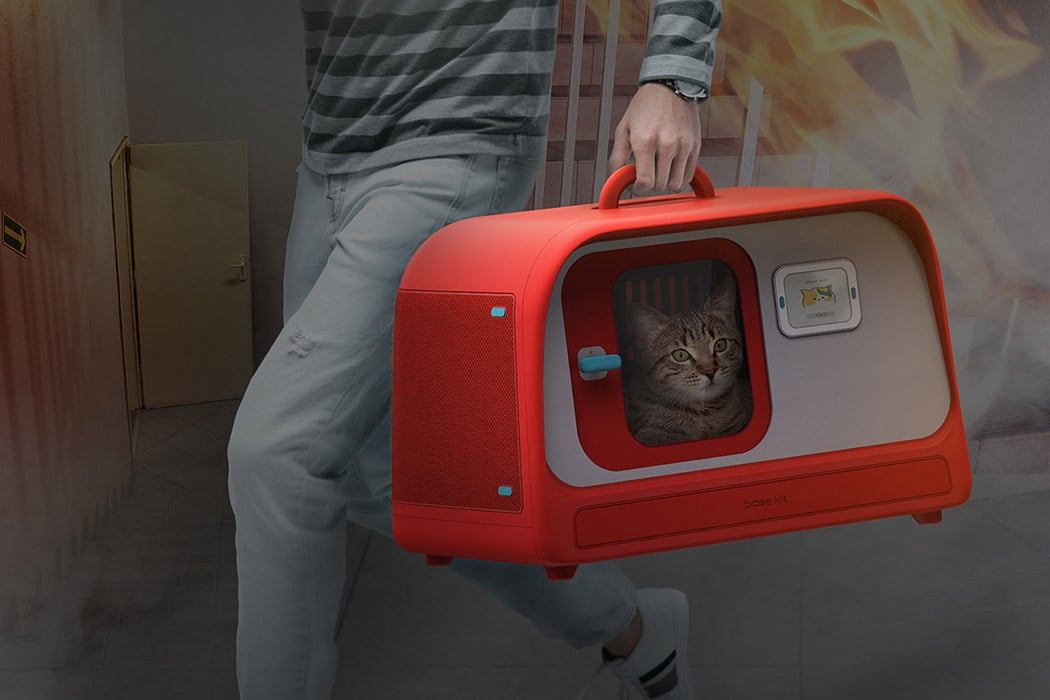
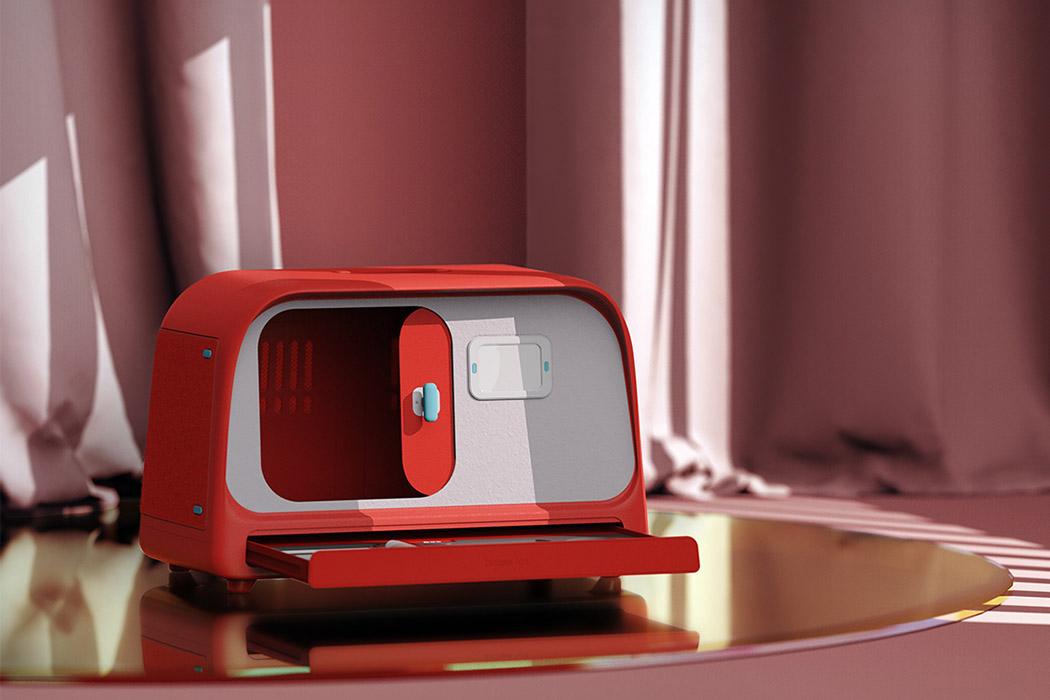
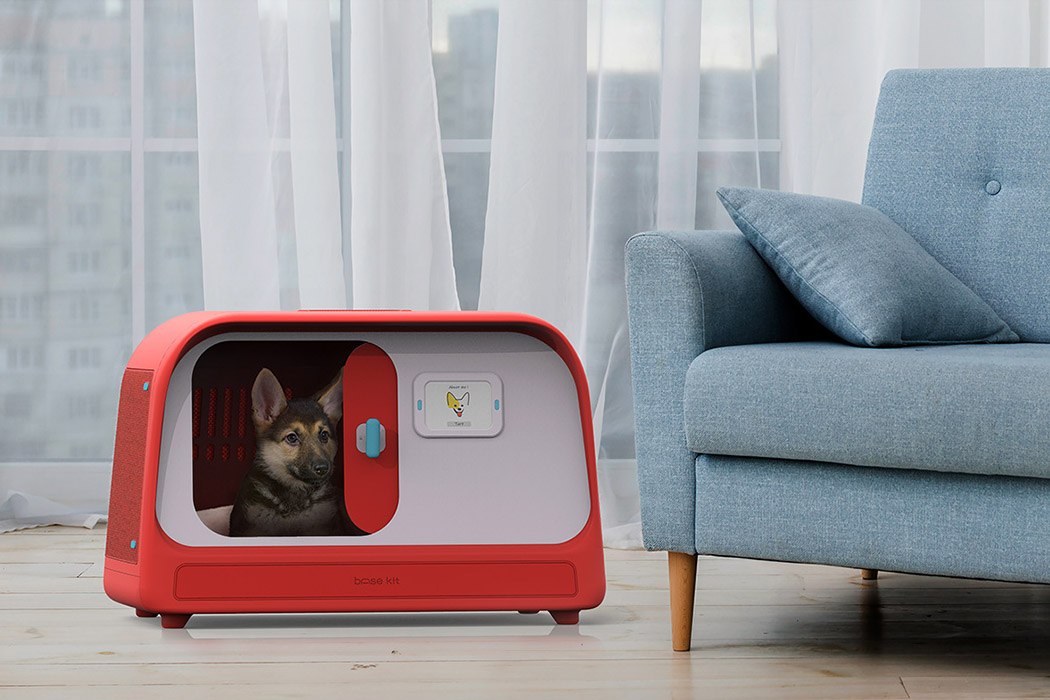
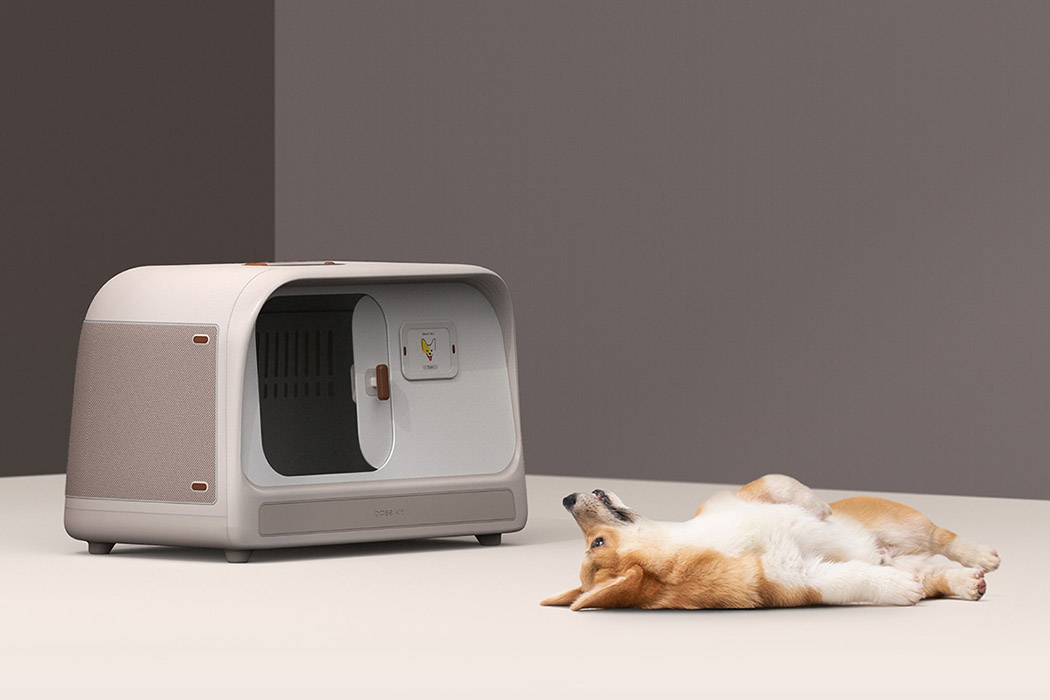
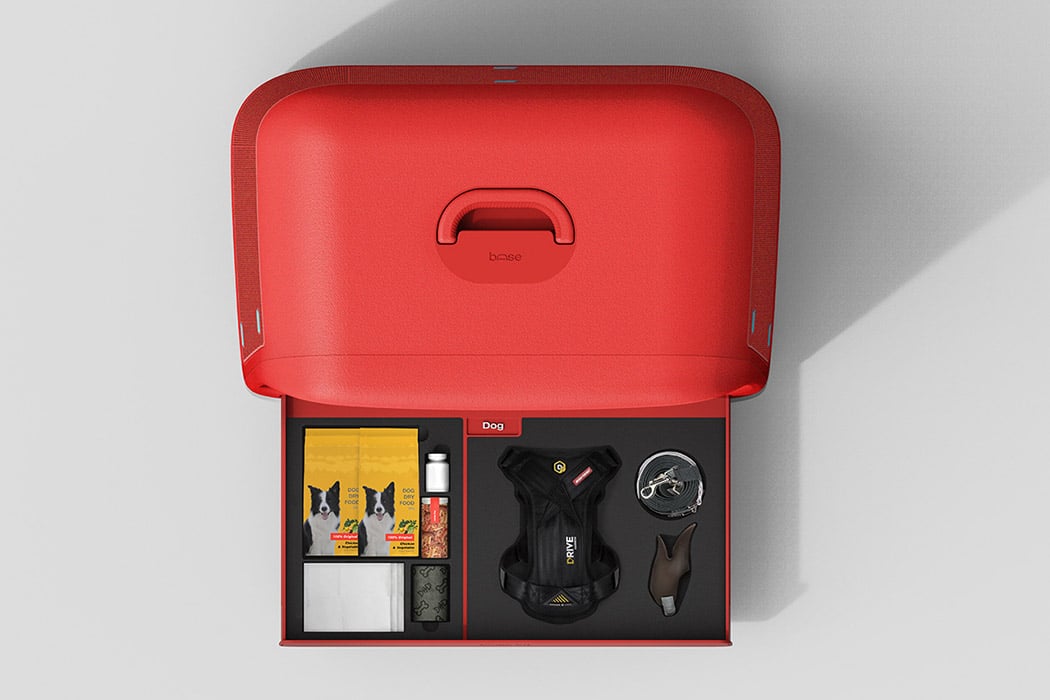
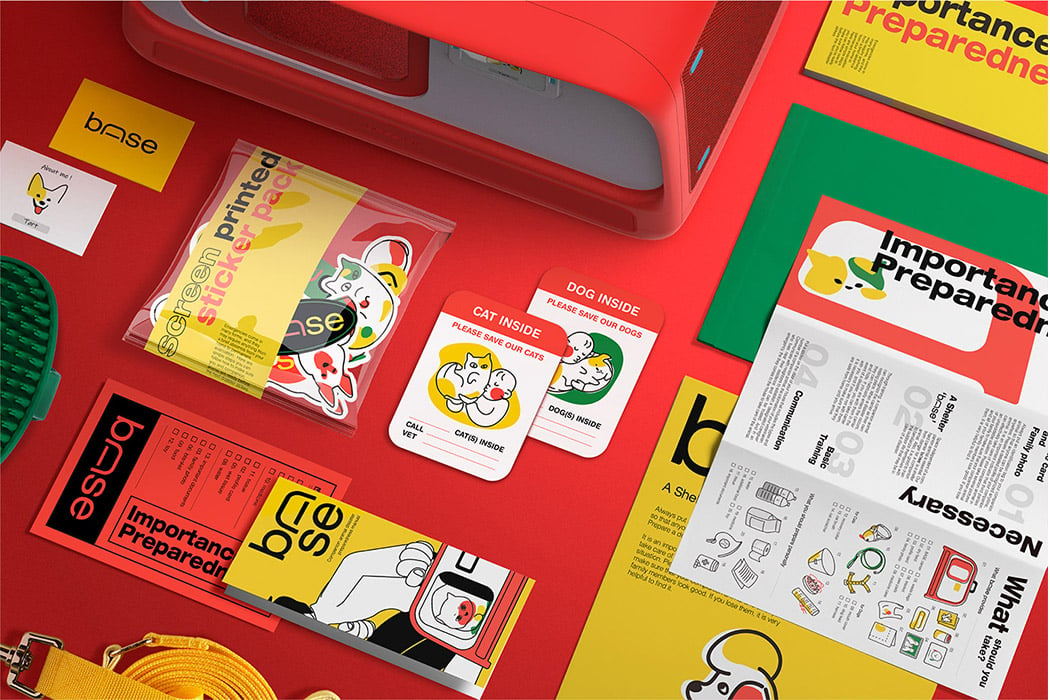
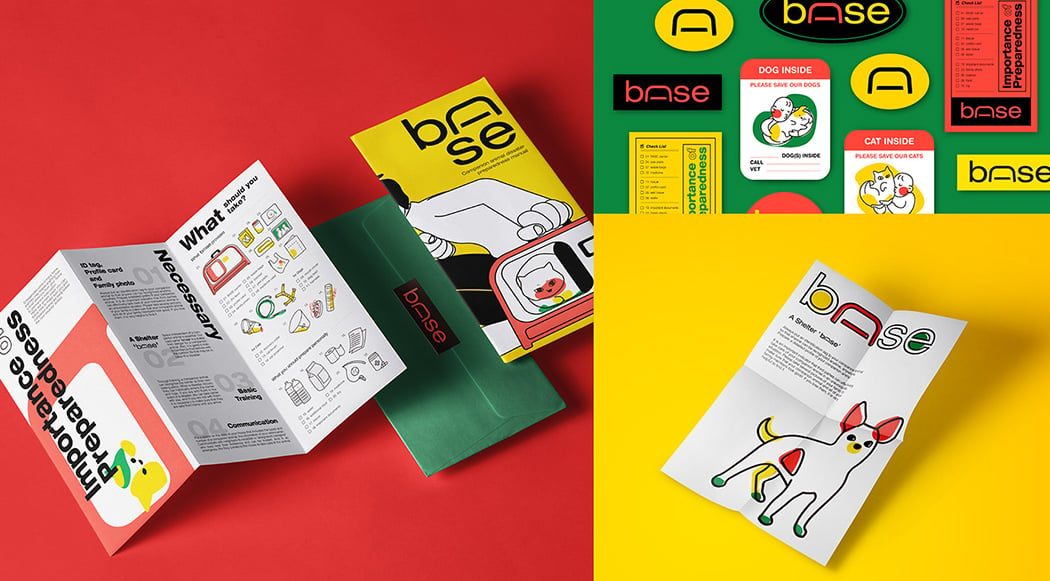
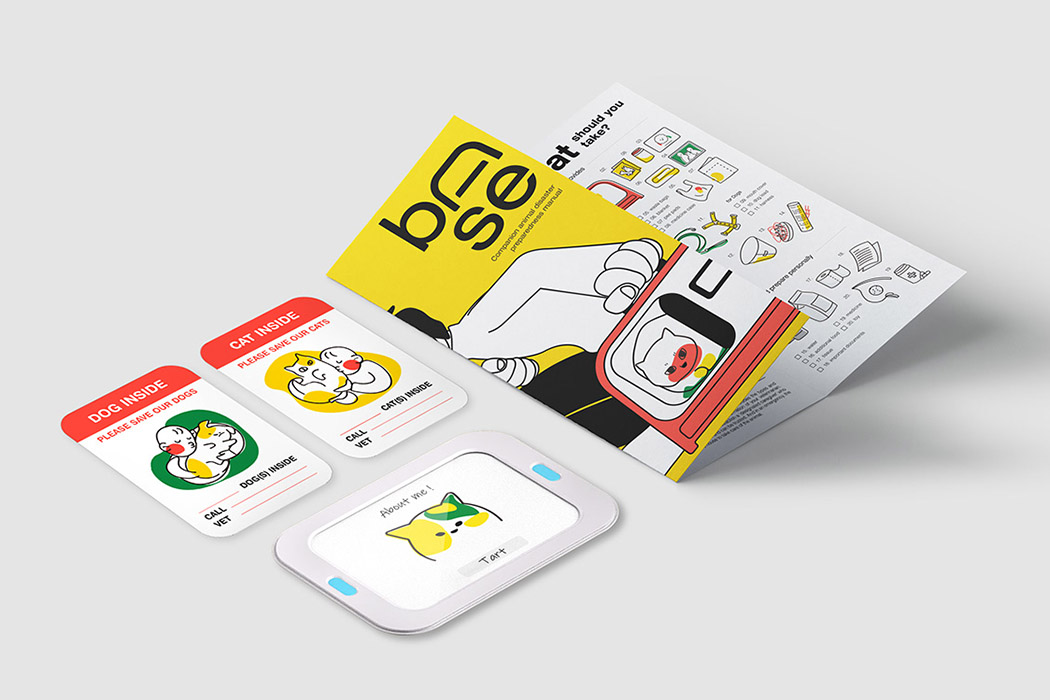
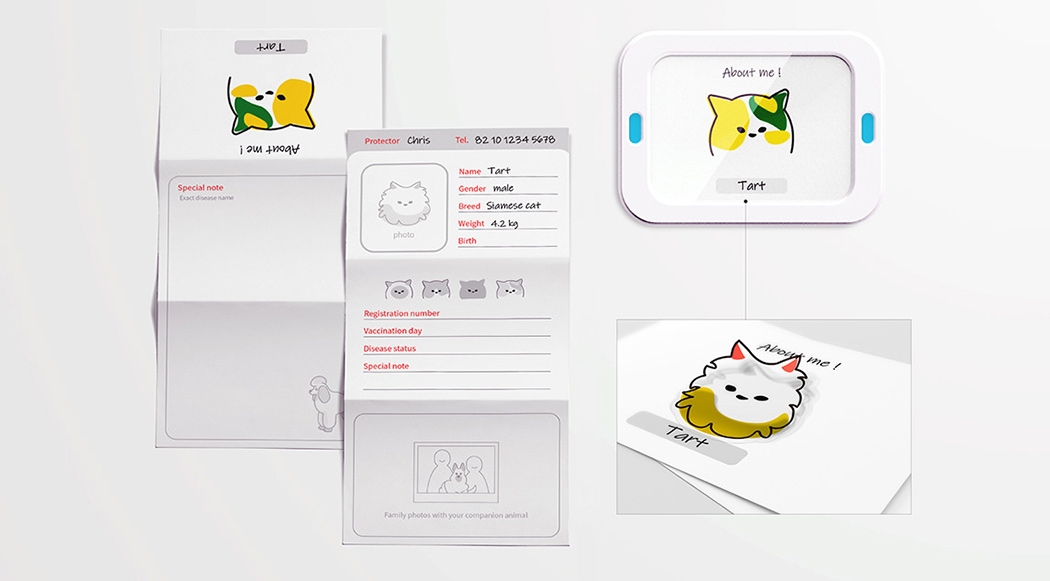
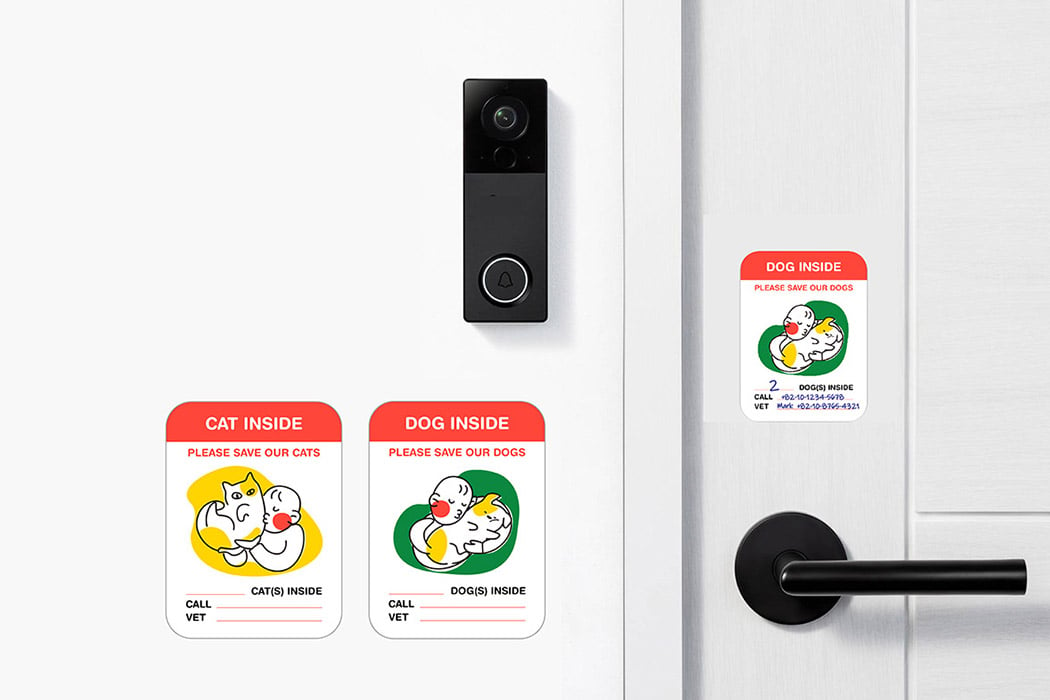
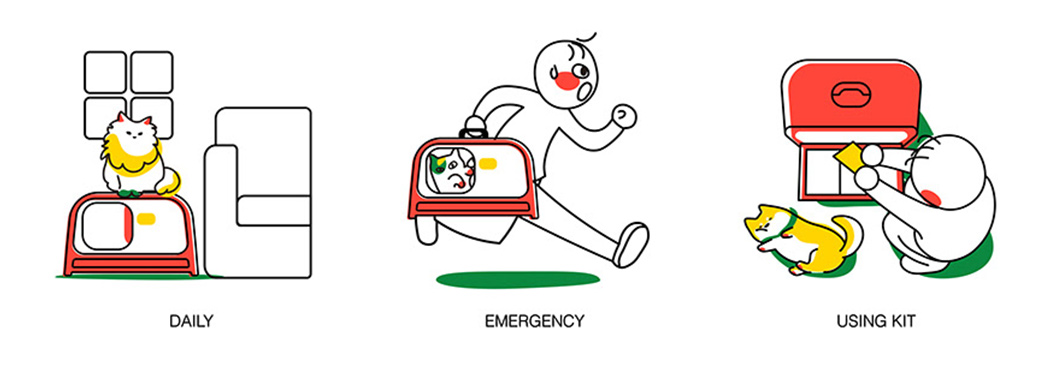
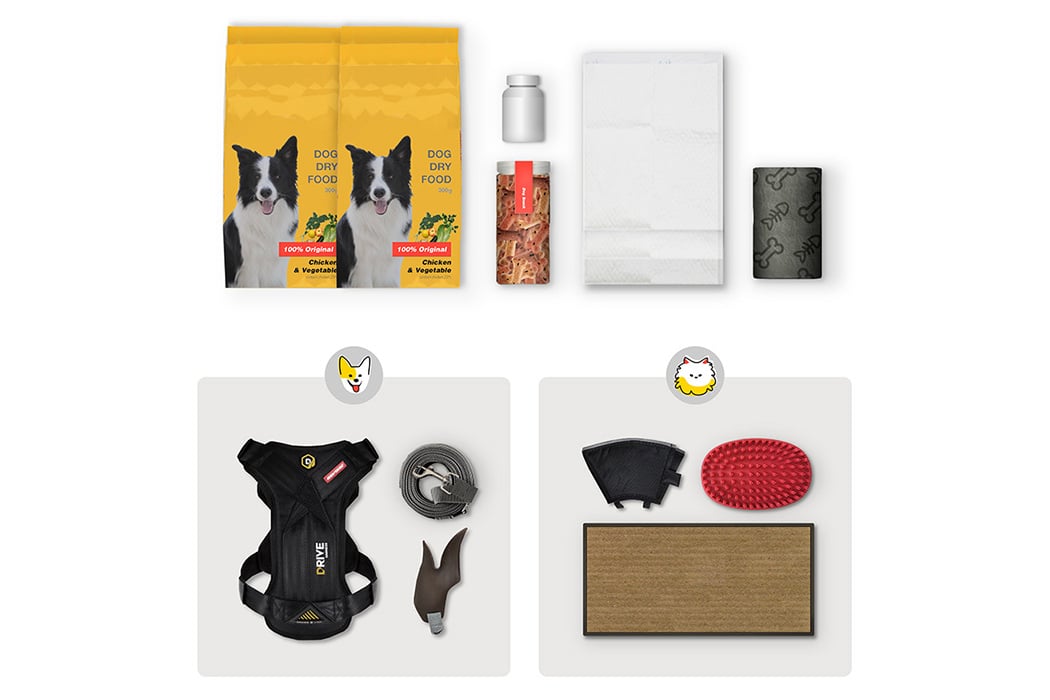
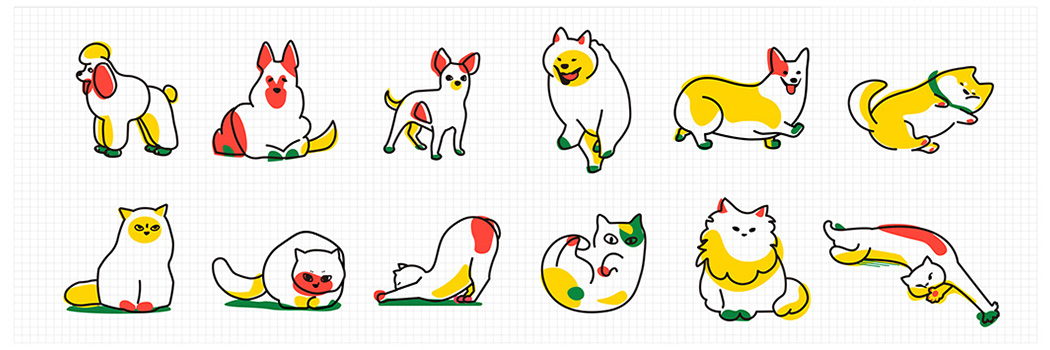
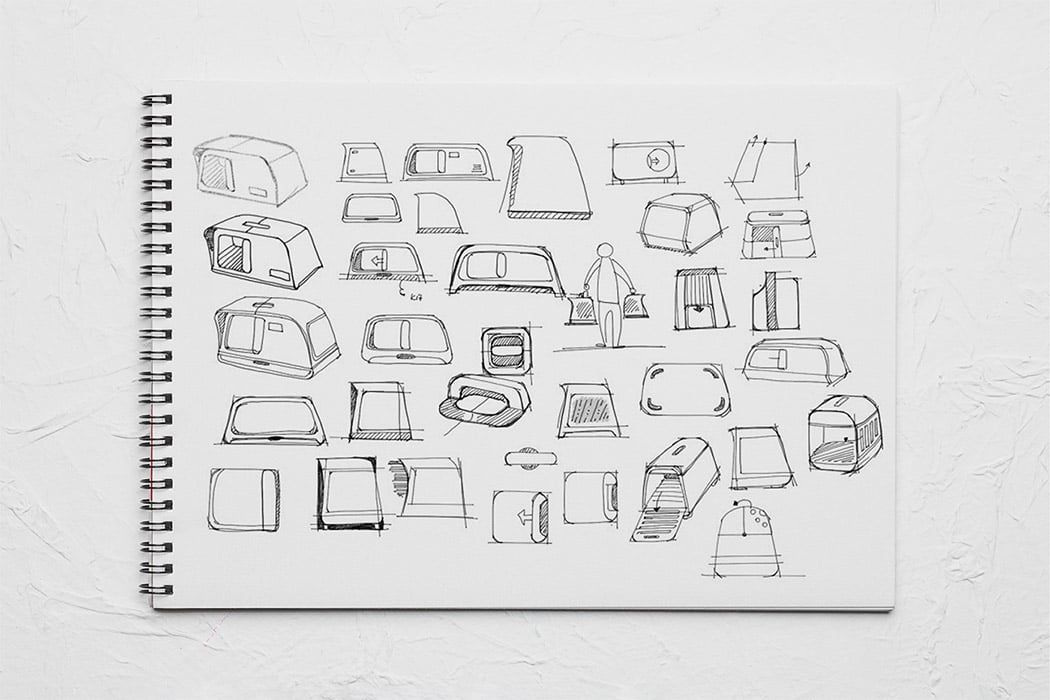
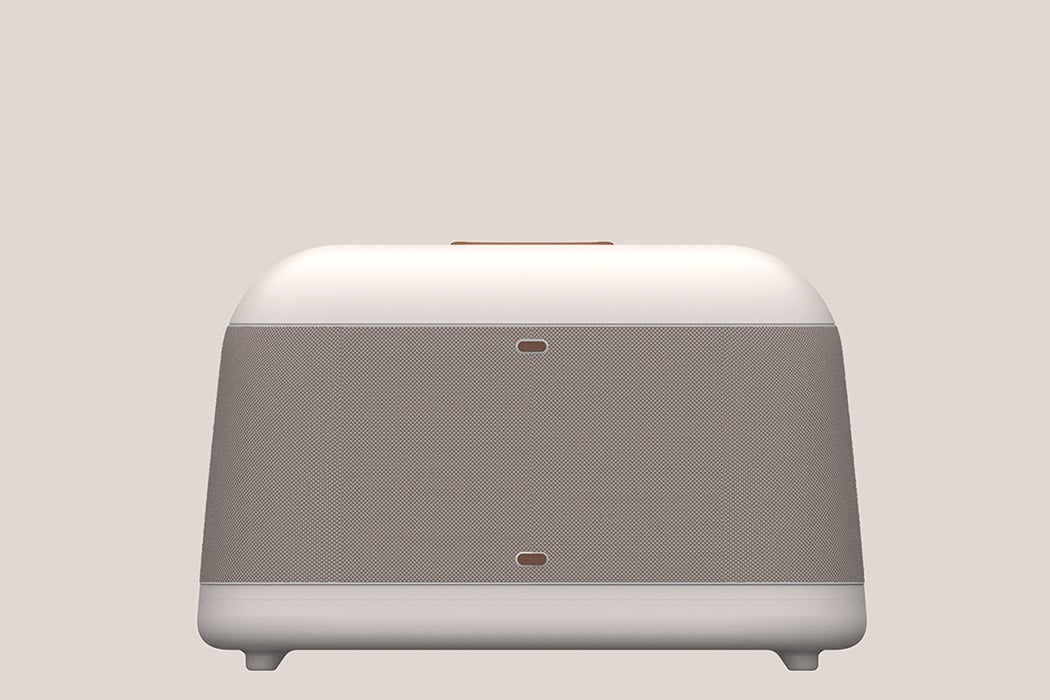
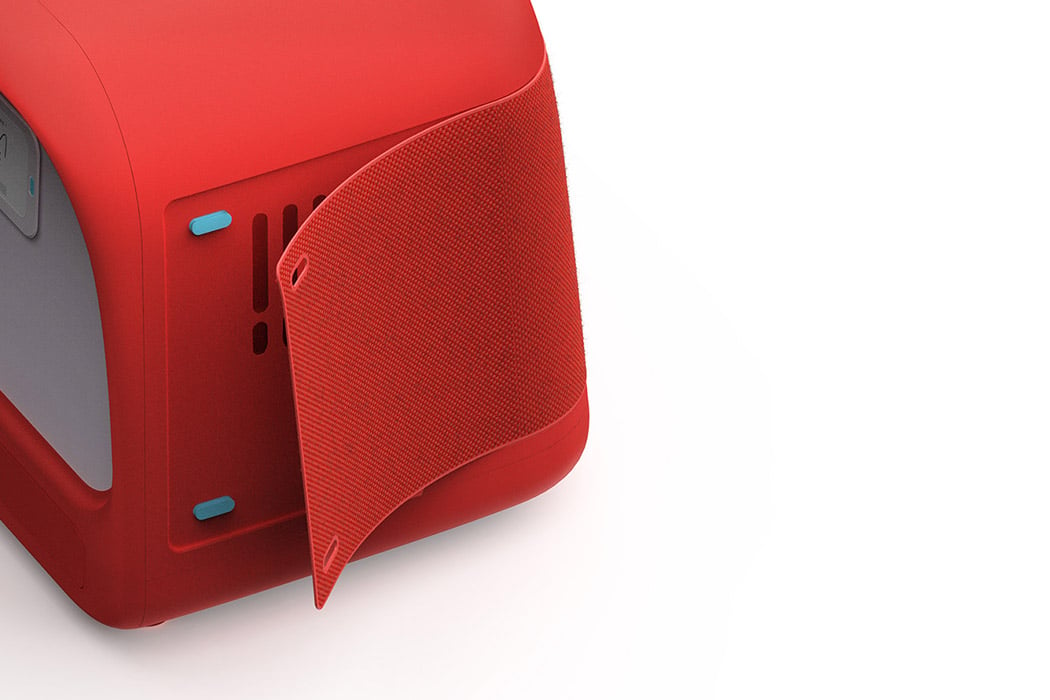
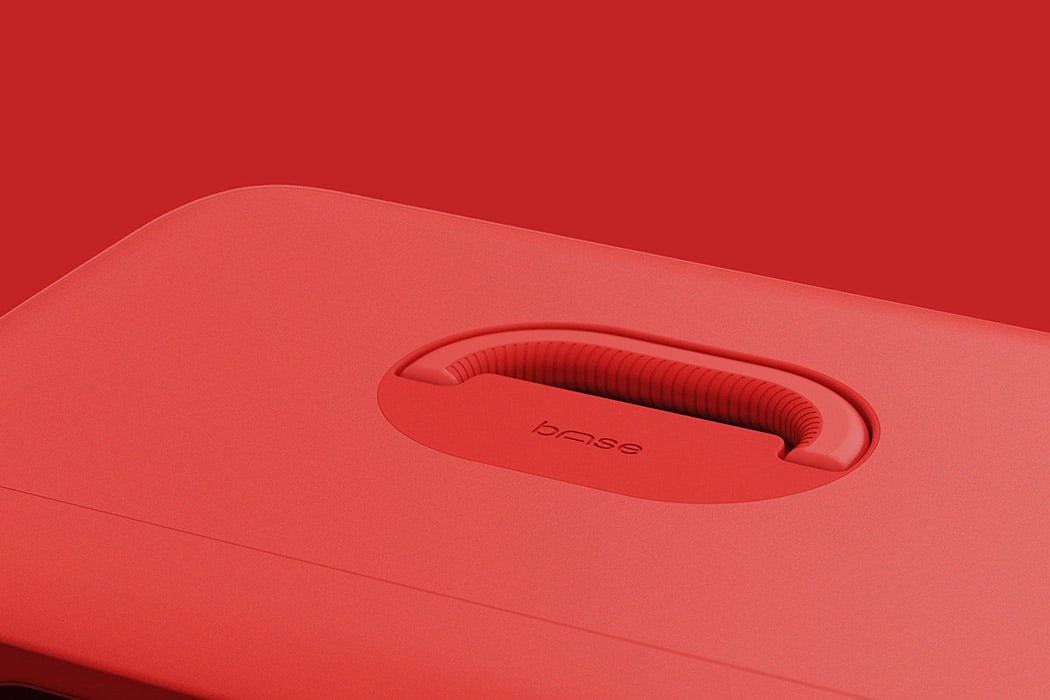
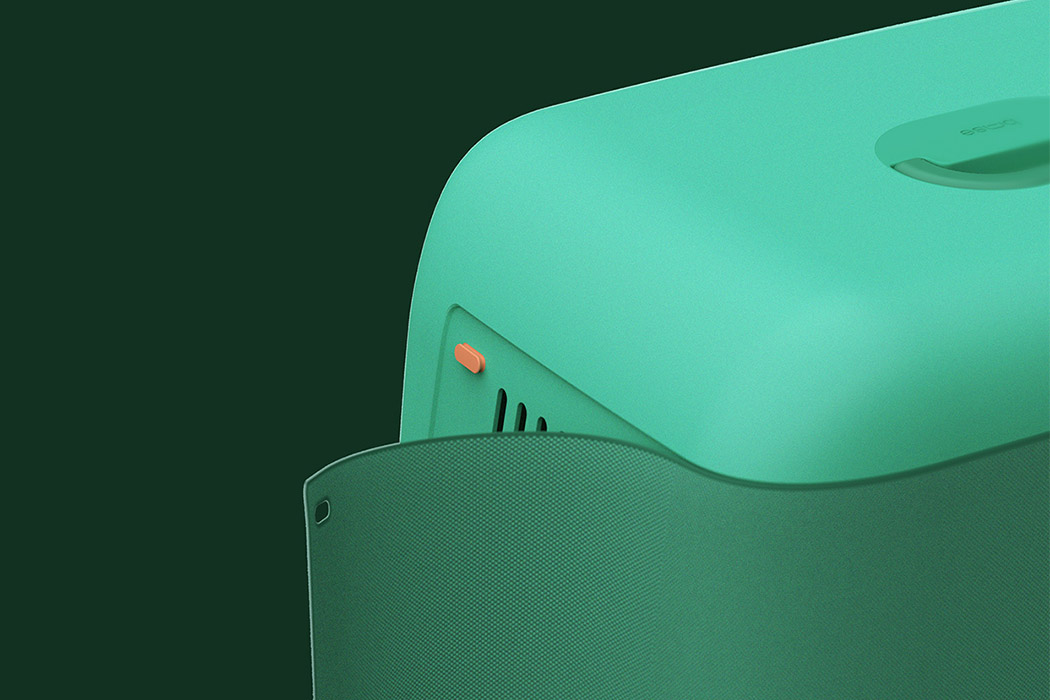
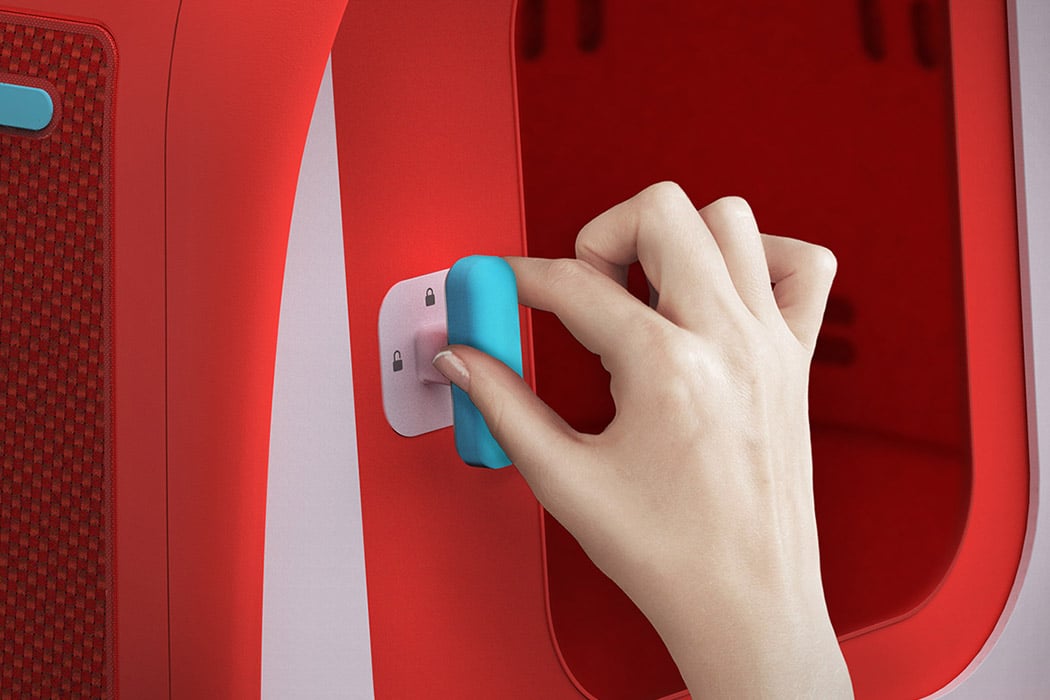
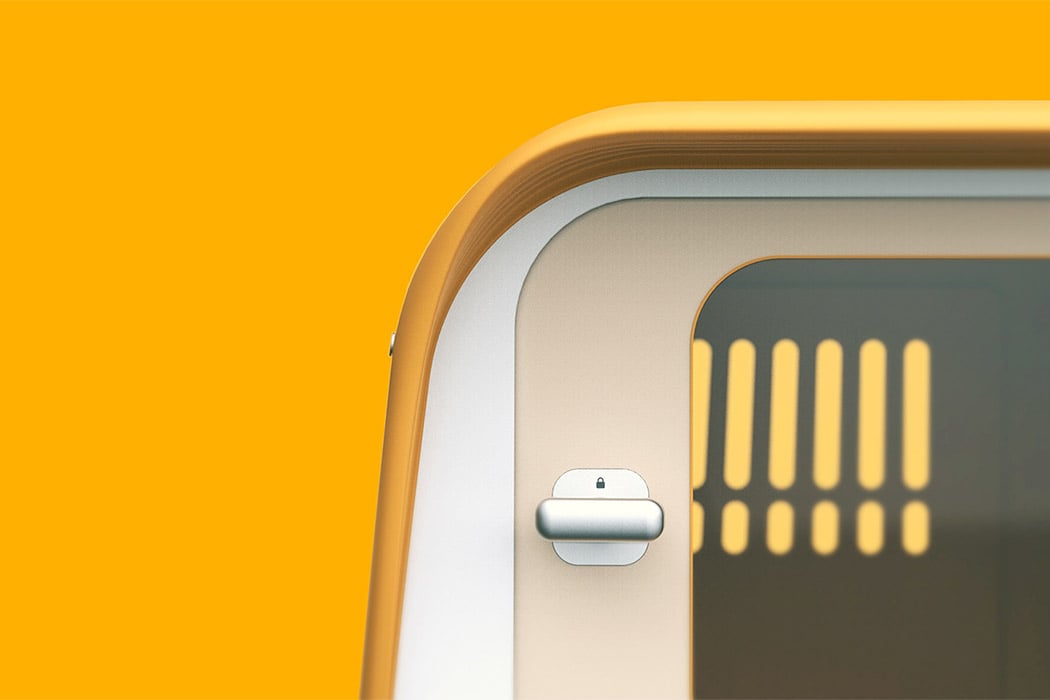
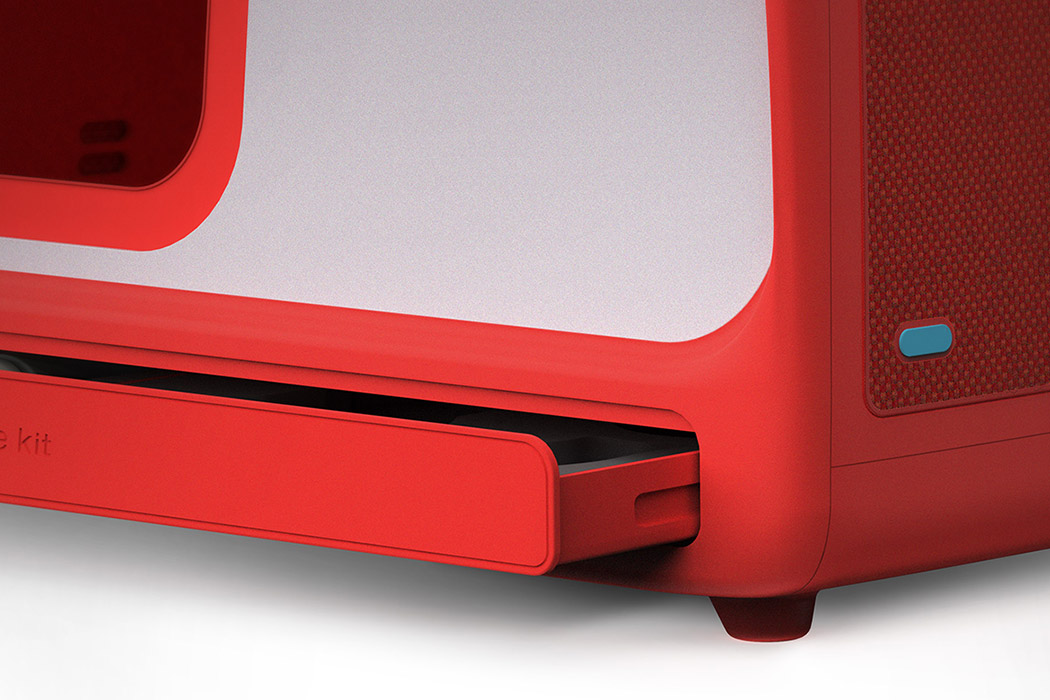
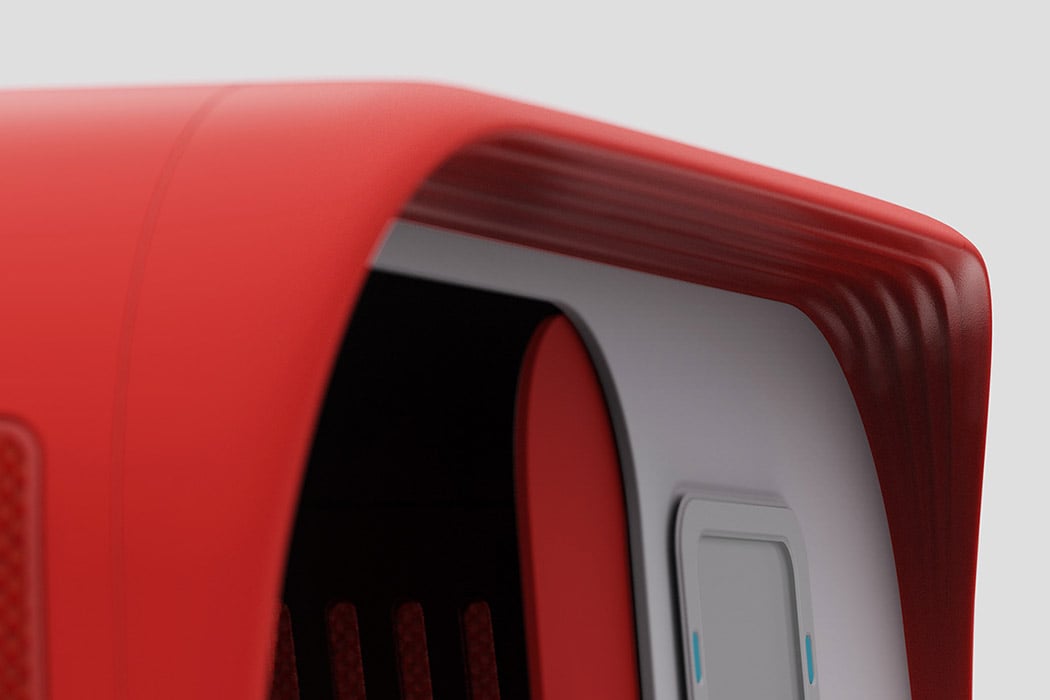
























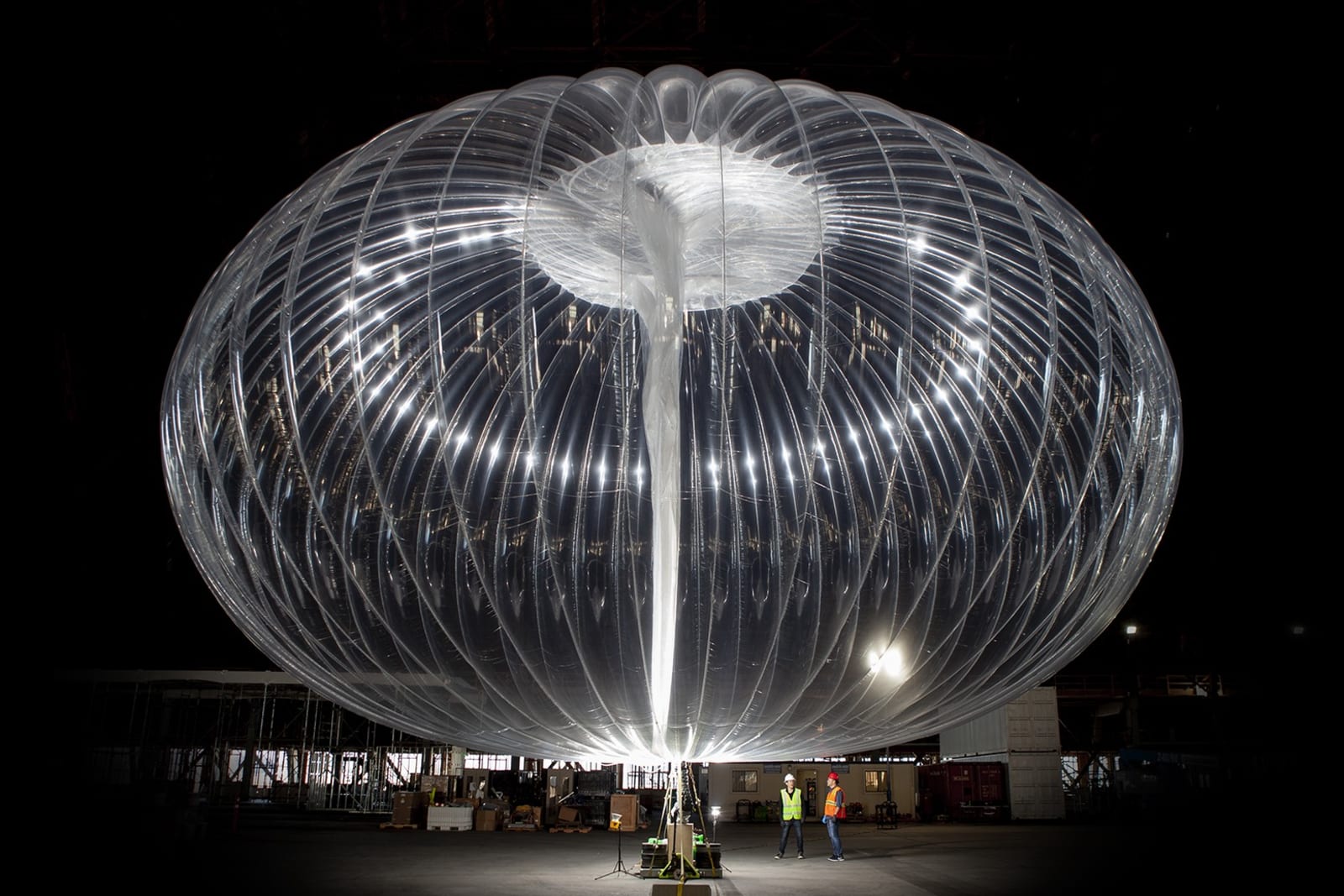 When a magnitude 8.0 earthquake hit Peru Sunday, the Alphabet spinoff Loon was quick to respond. Within 48 hours, Loon delivered its internet-relaying balloons and began providing LTE coverage to users below. While more balloons are on the way, Loon...
When a magnitude 8.0 earthquake hit Peru Sunday, the Alphabet spinoff Loon was quick to respond. Within 48 hours, Loon delivered its internet-relaying balloons and began providing LTE coverage to users below. While more balloons are on the way, Loon...
